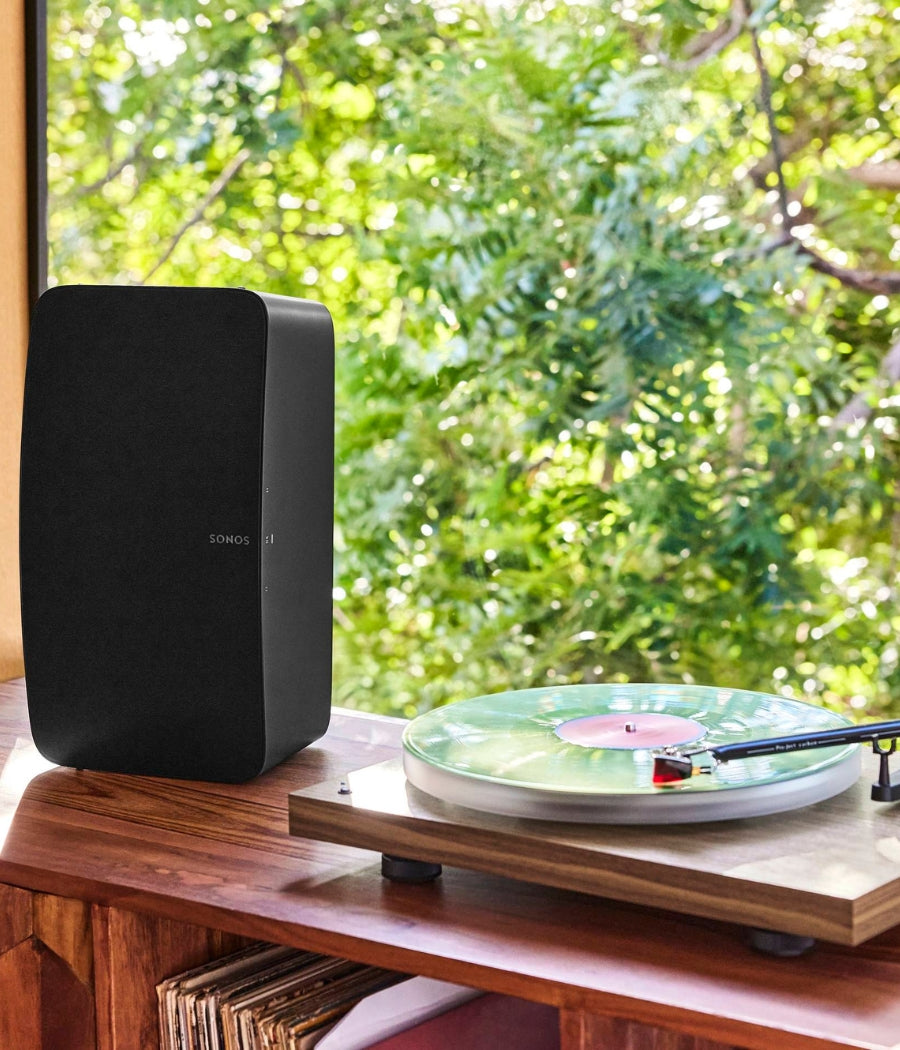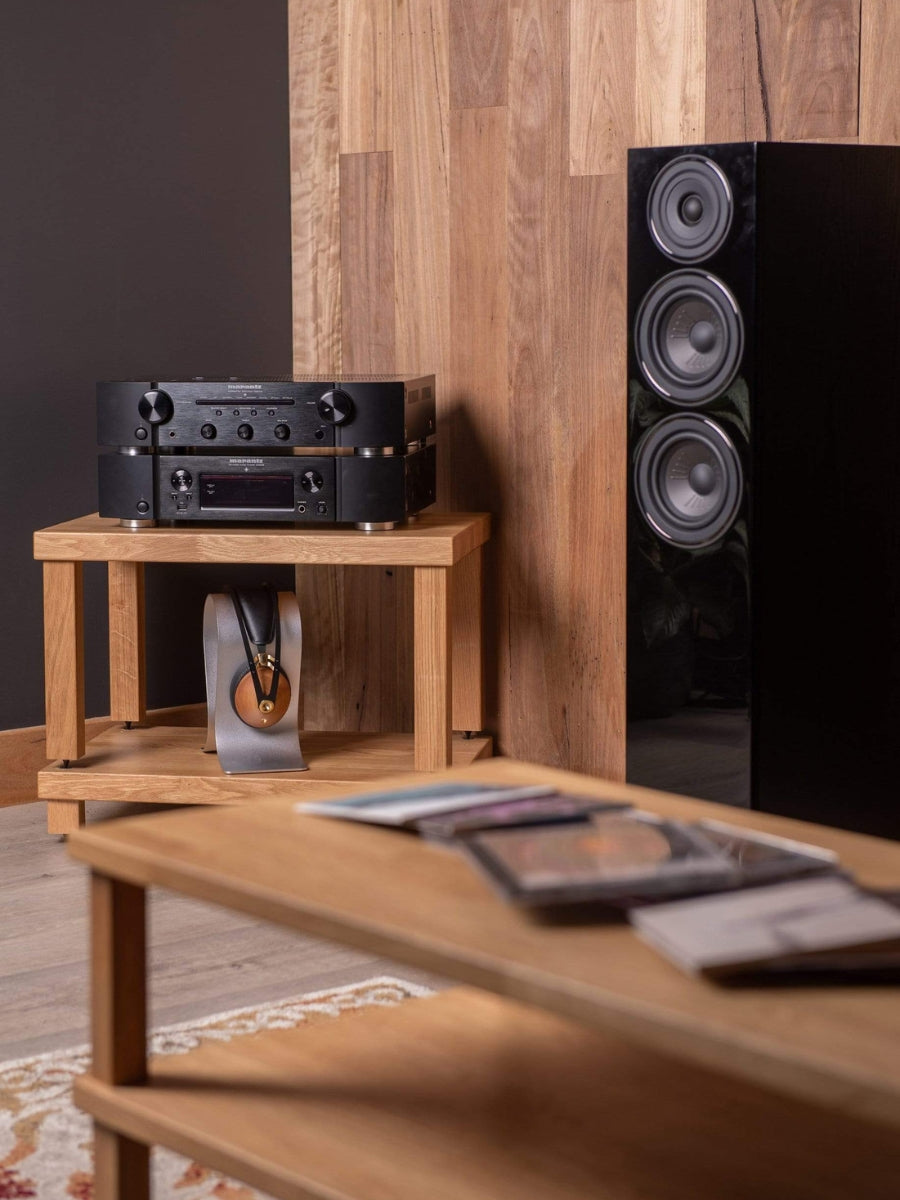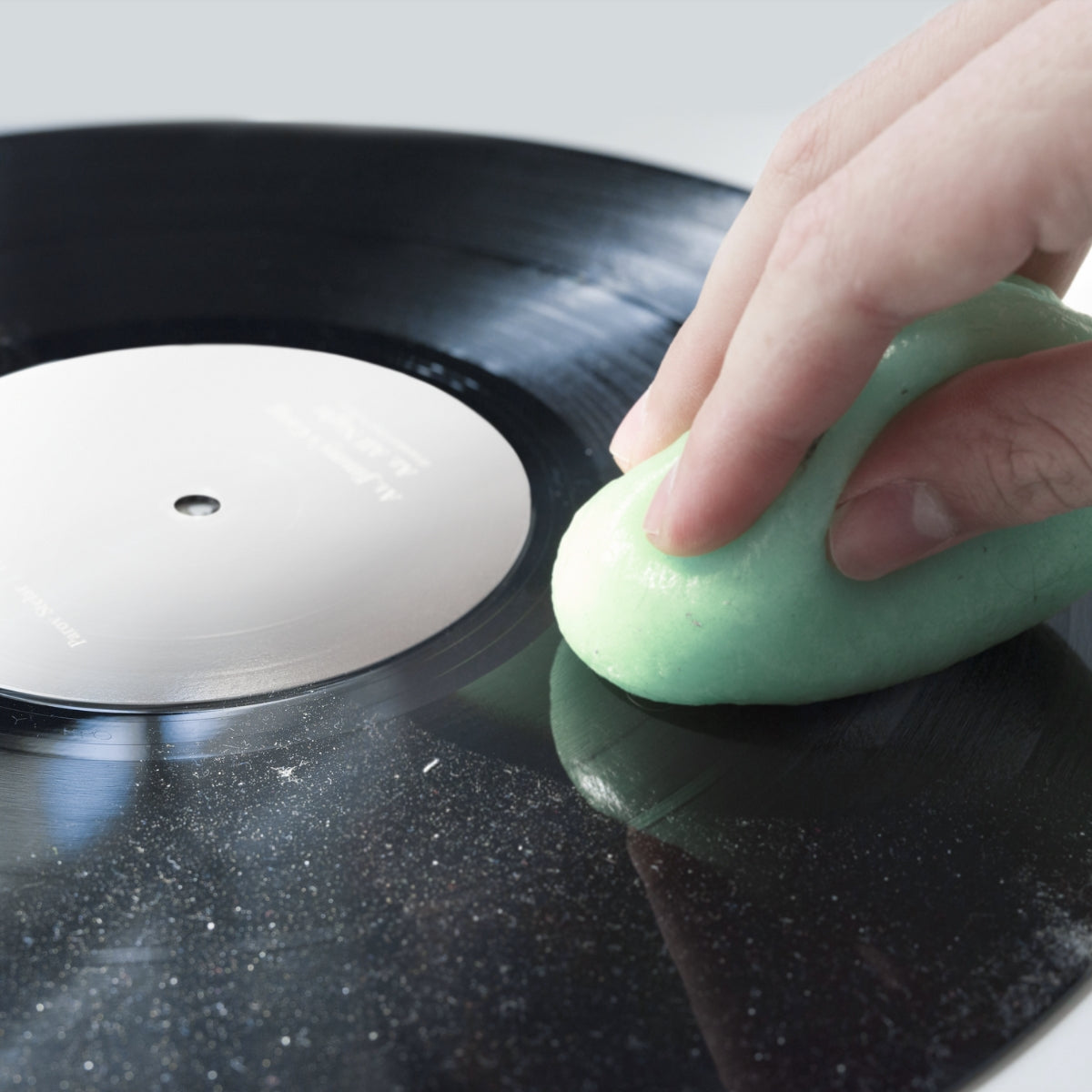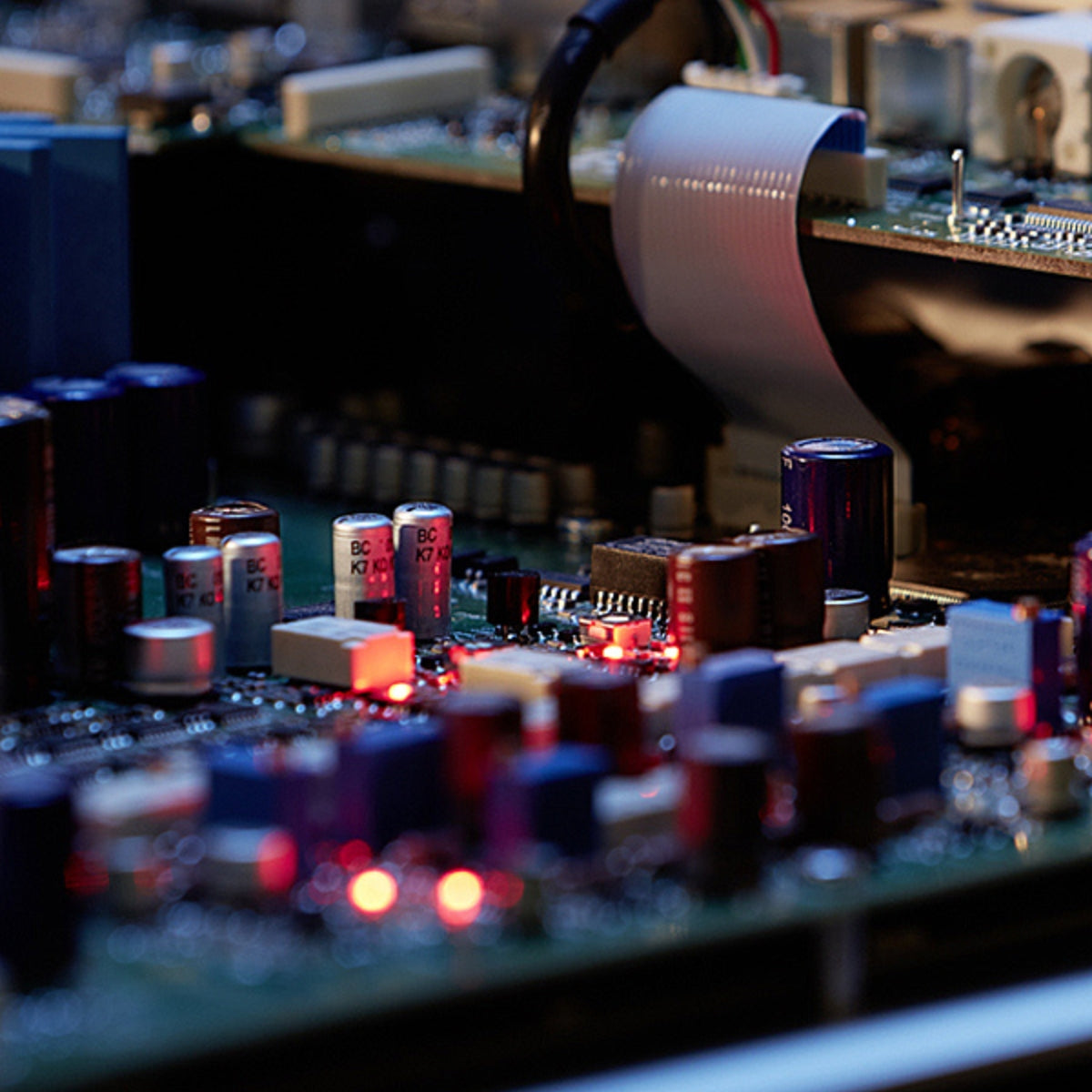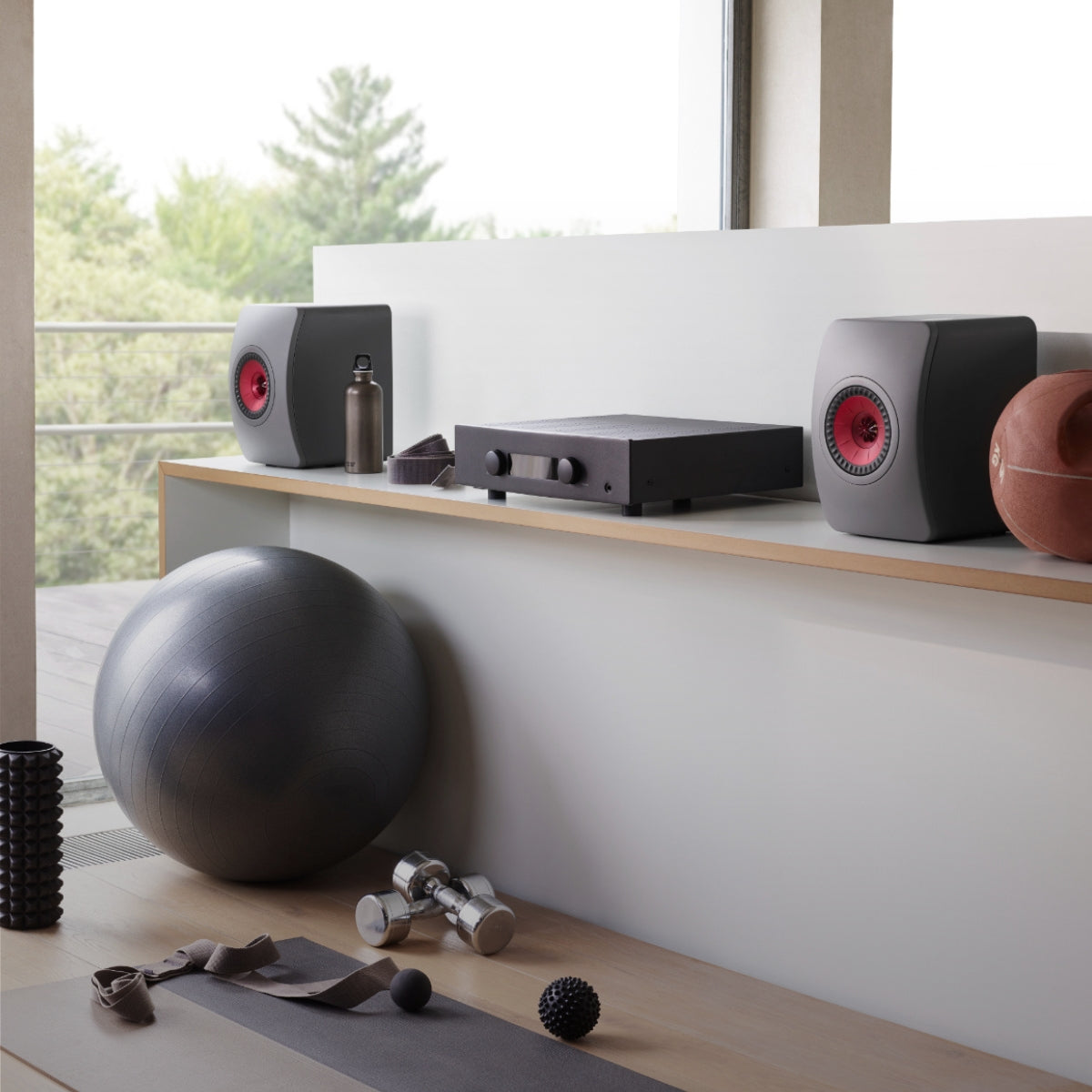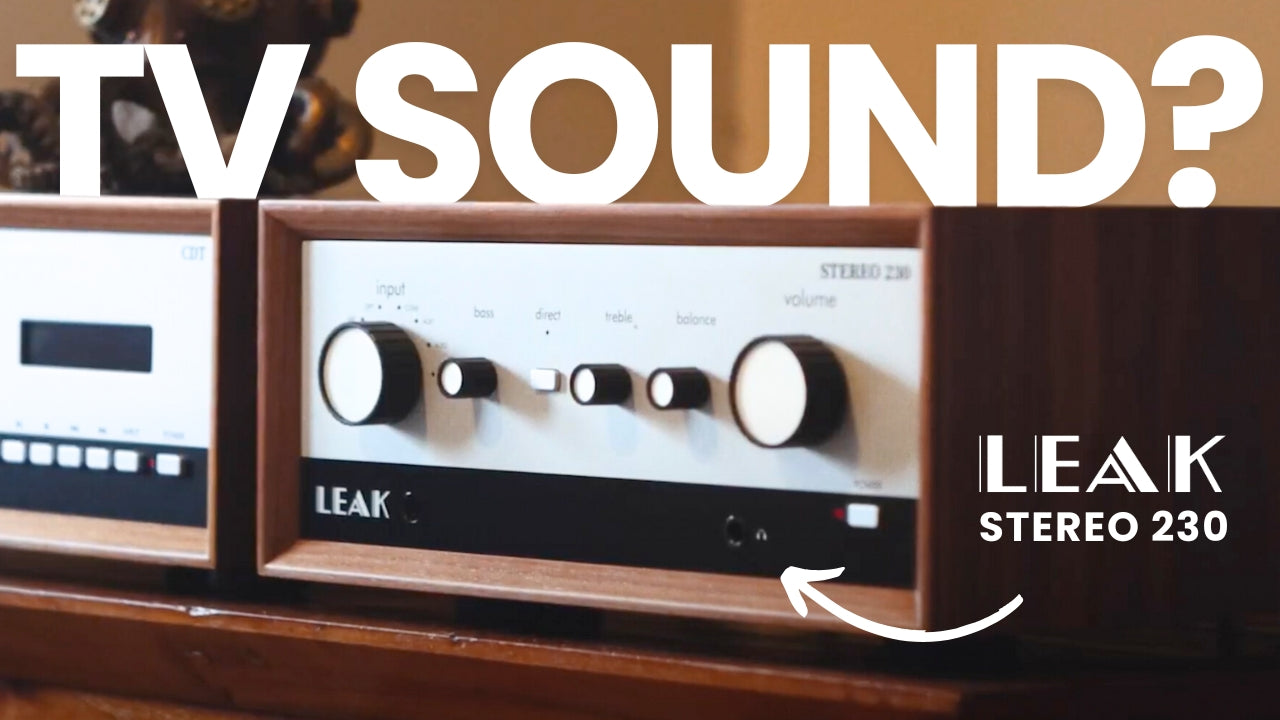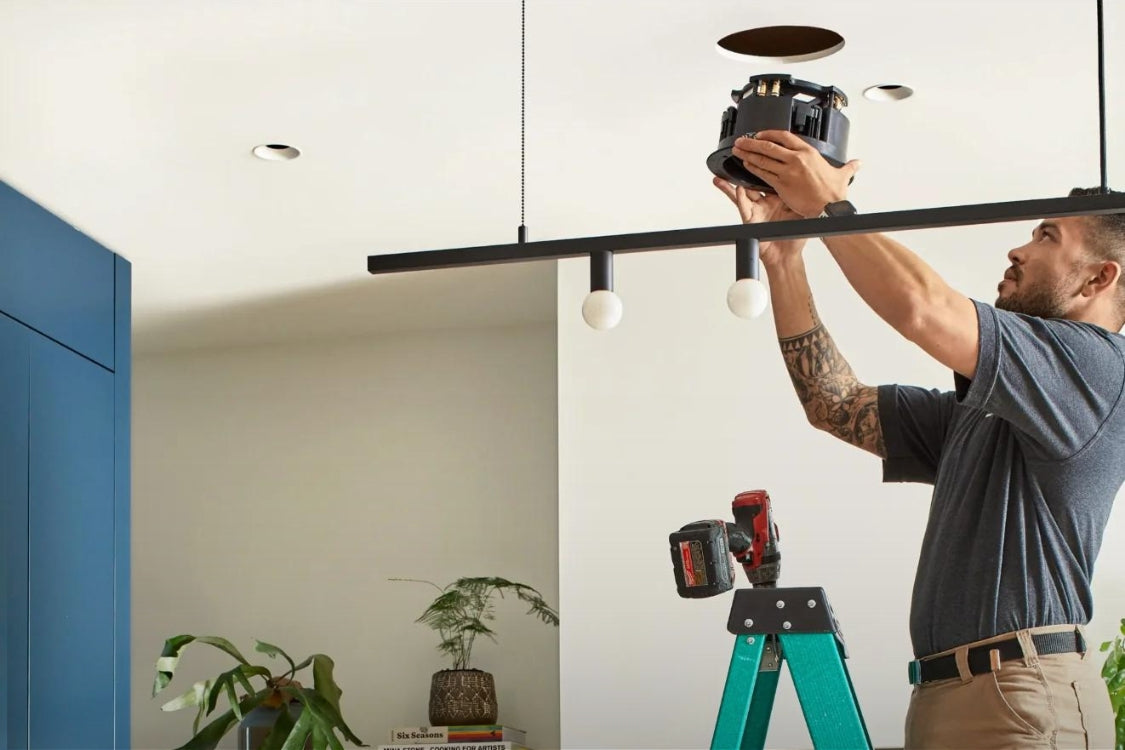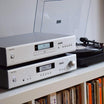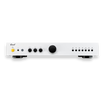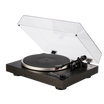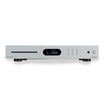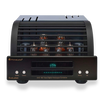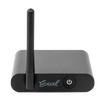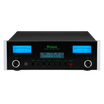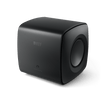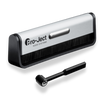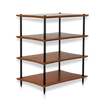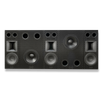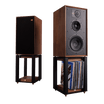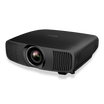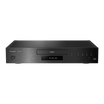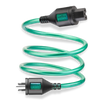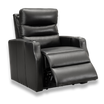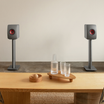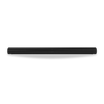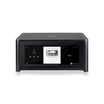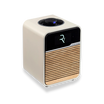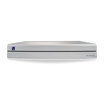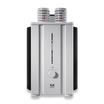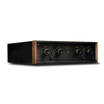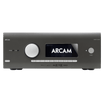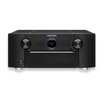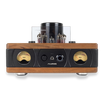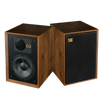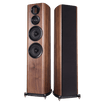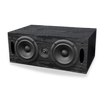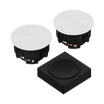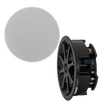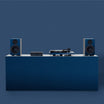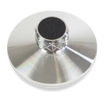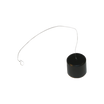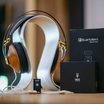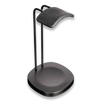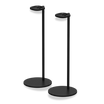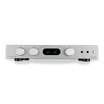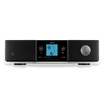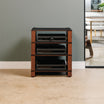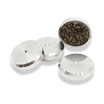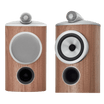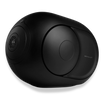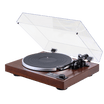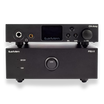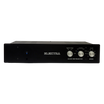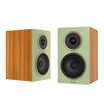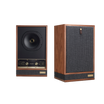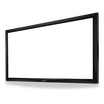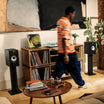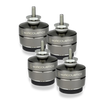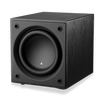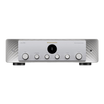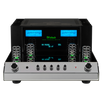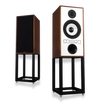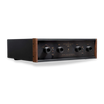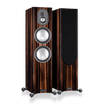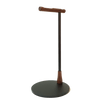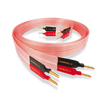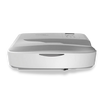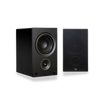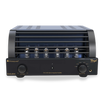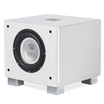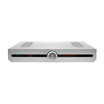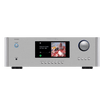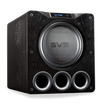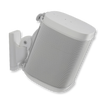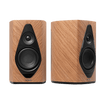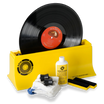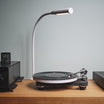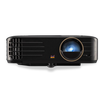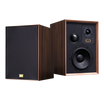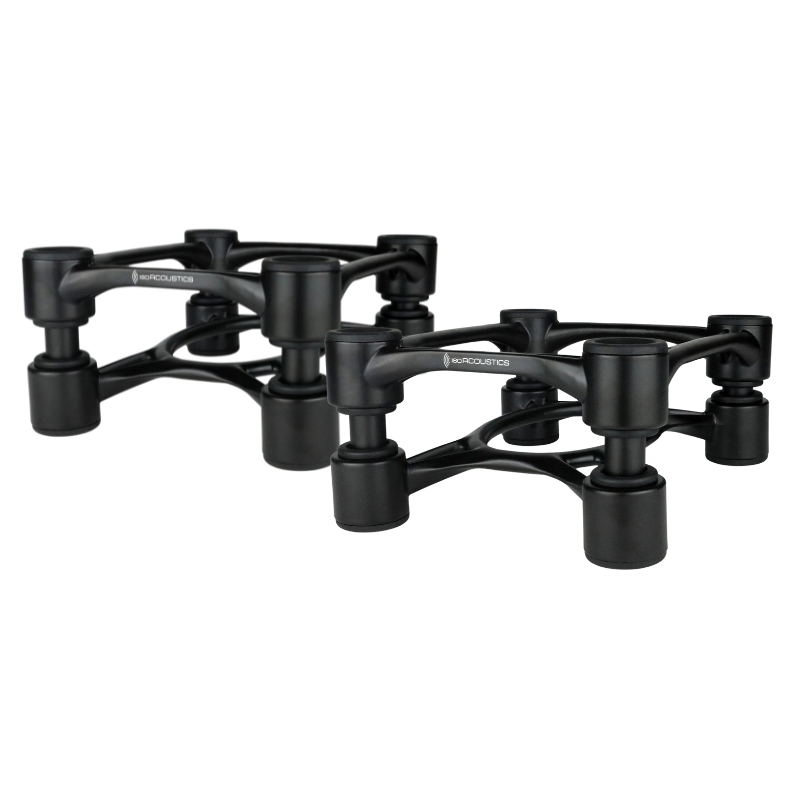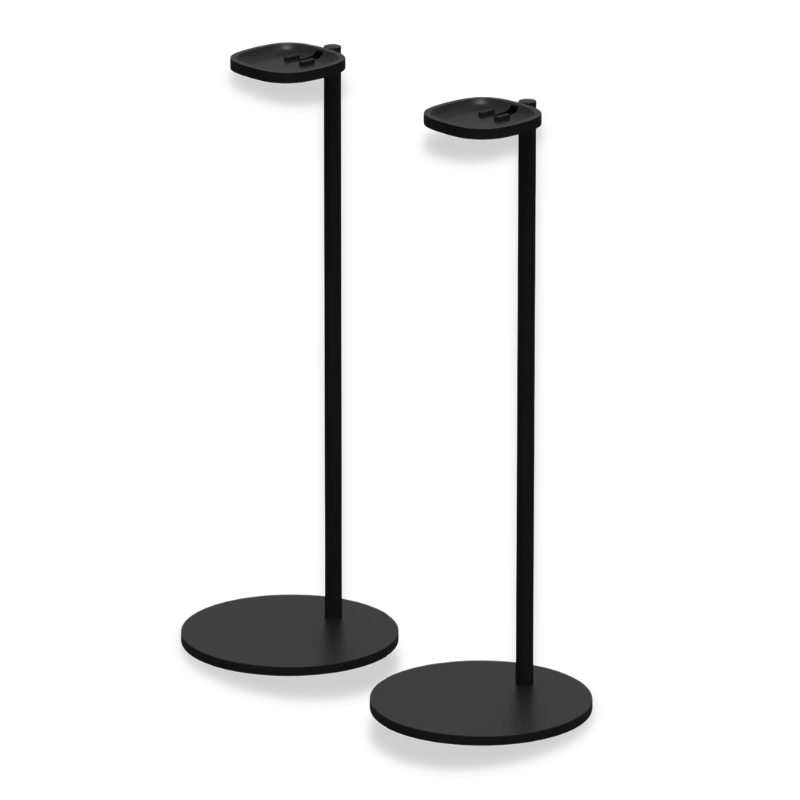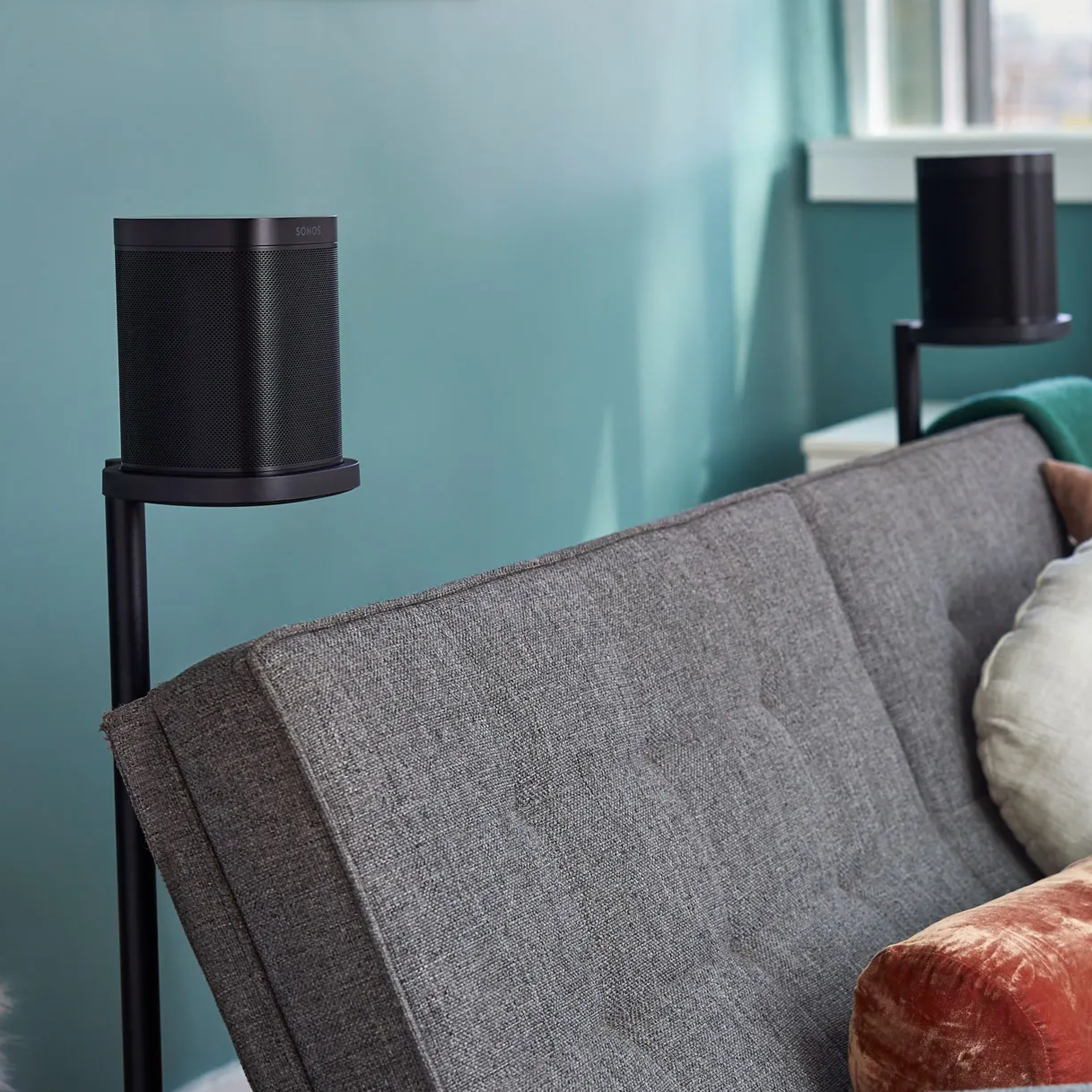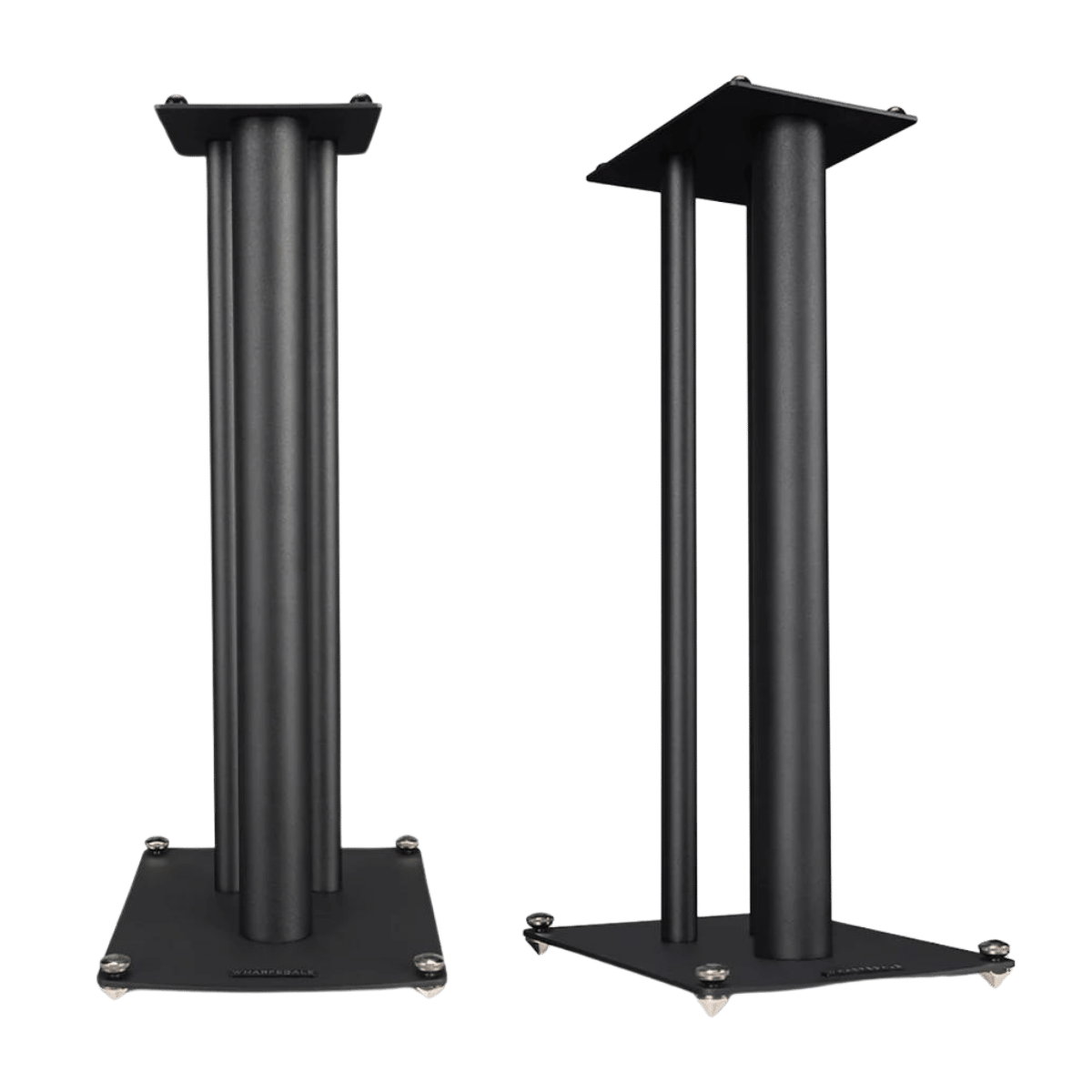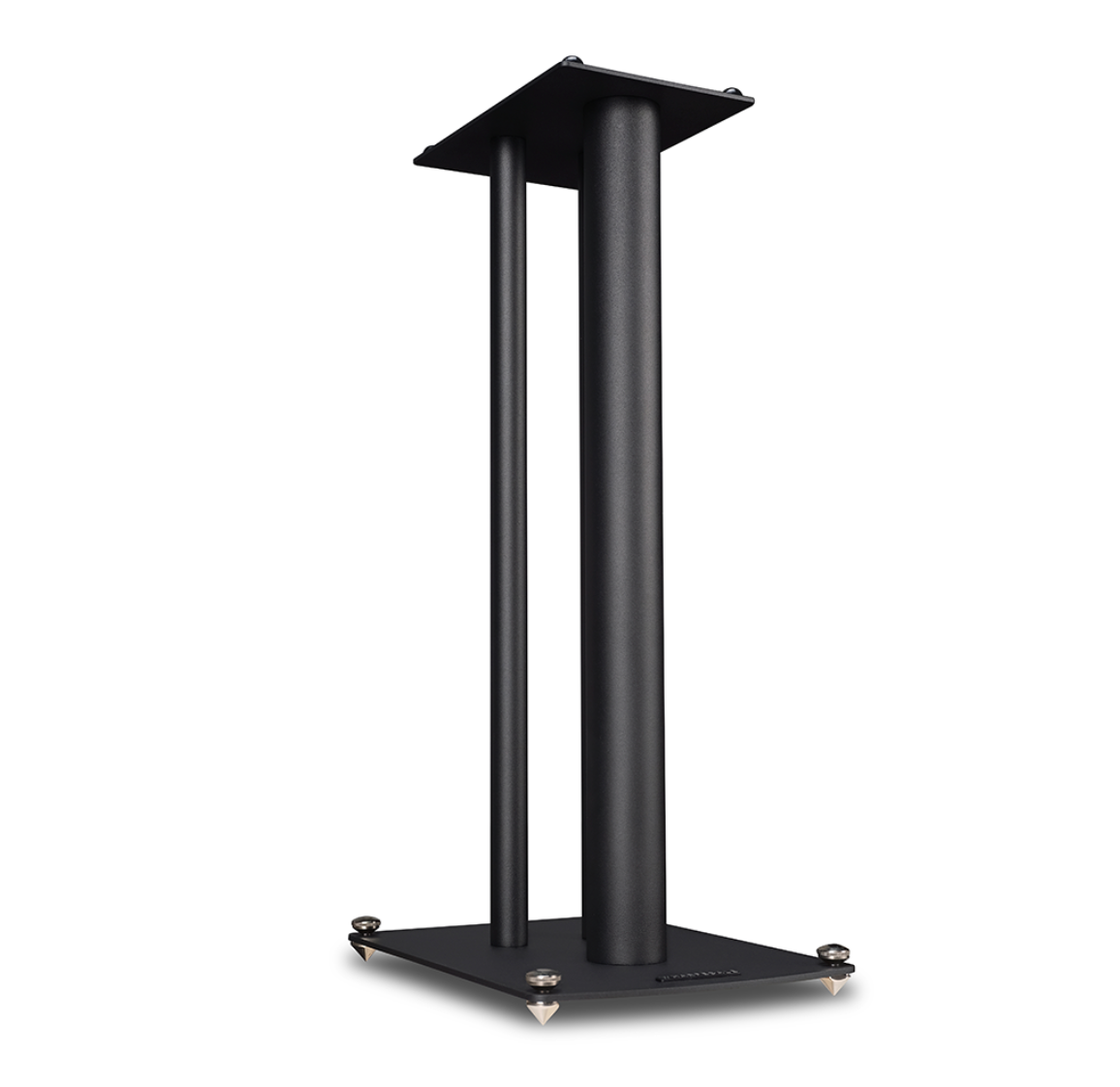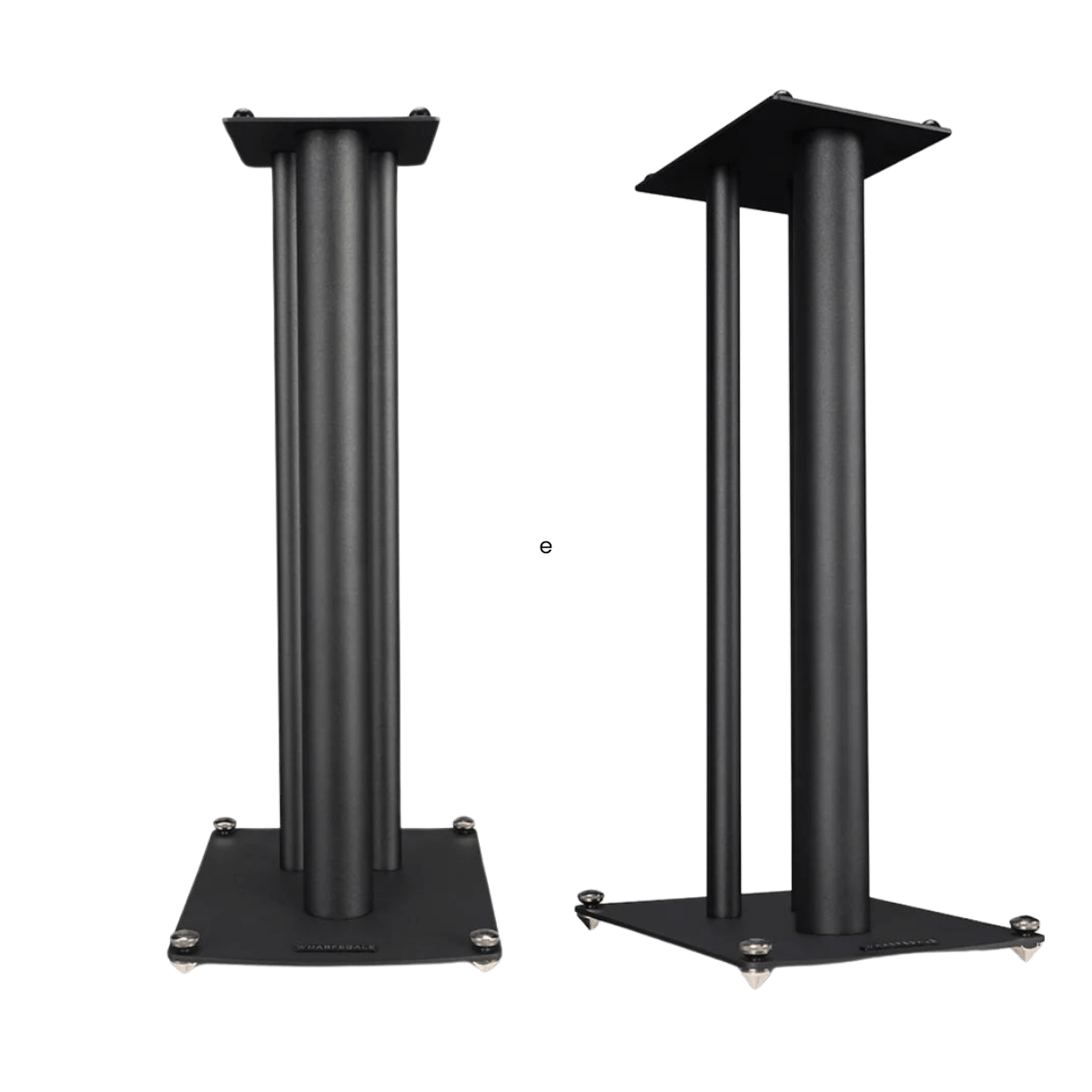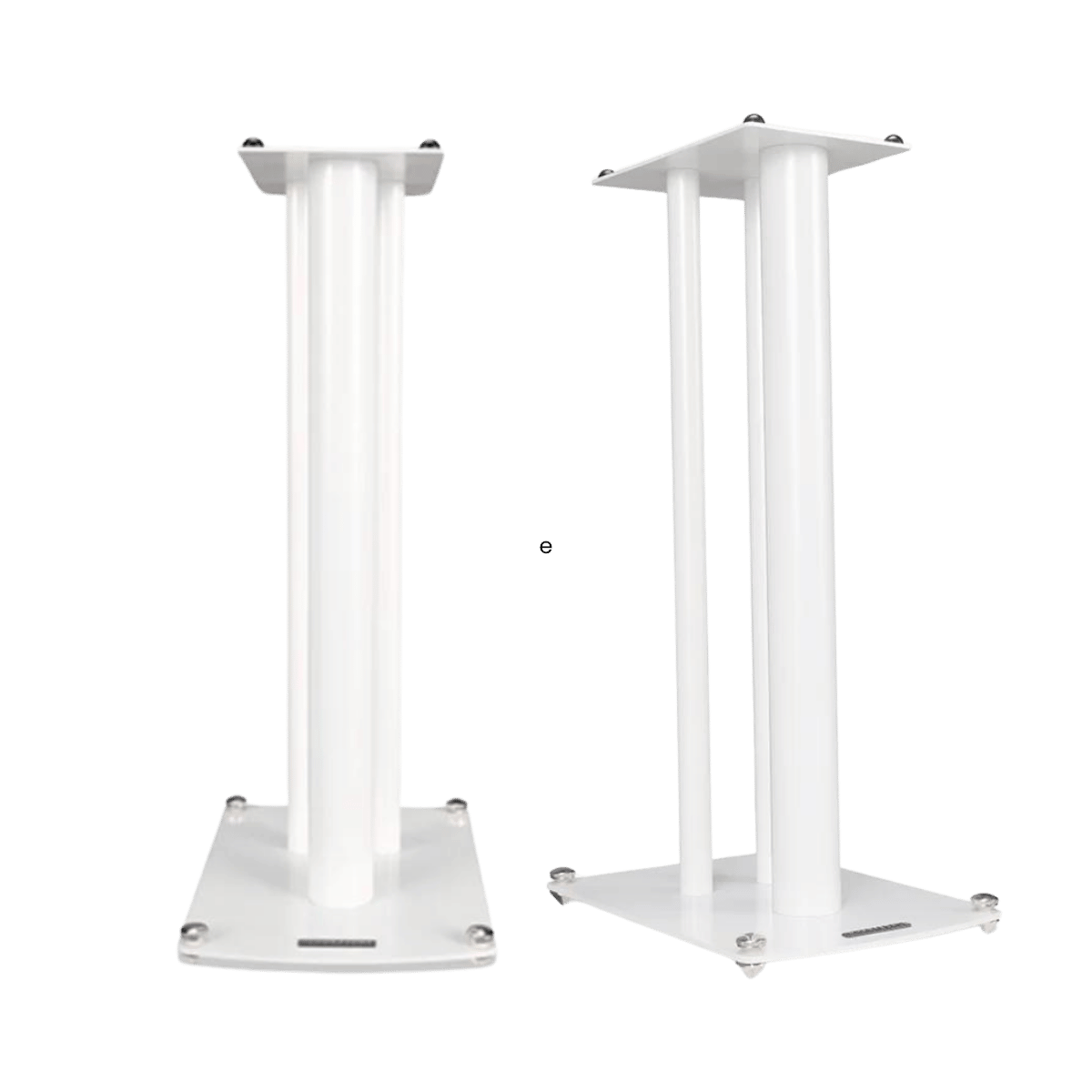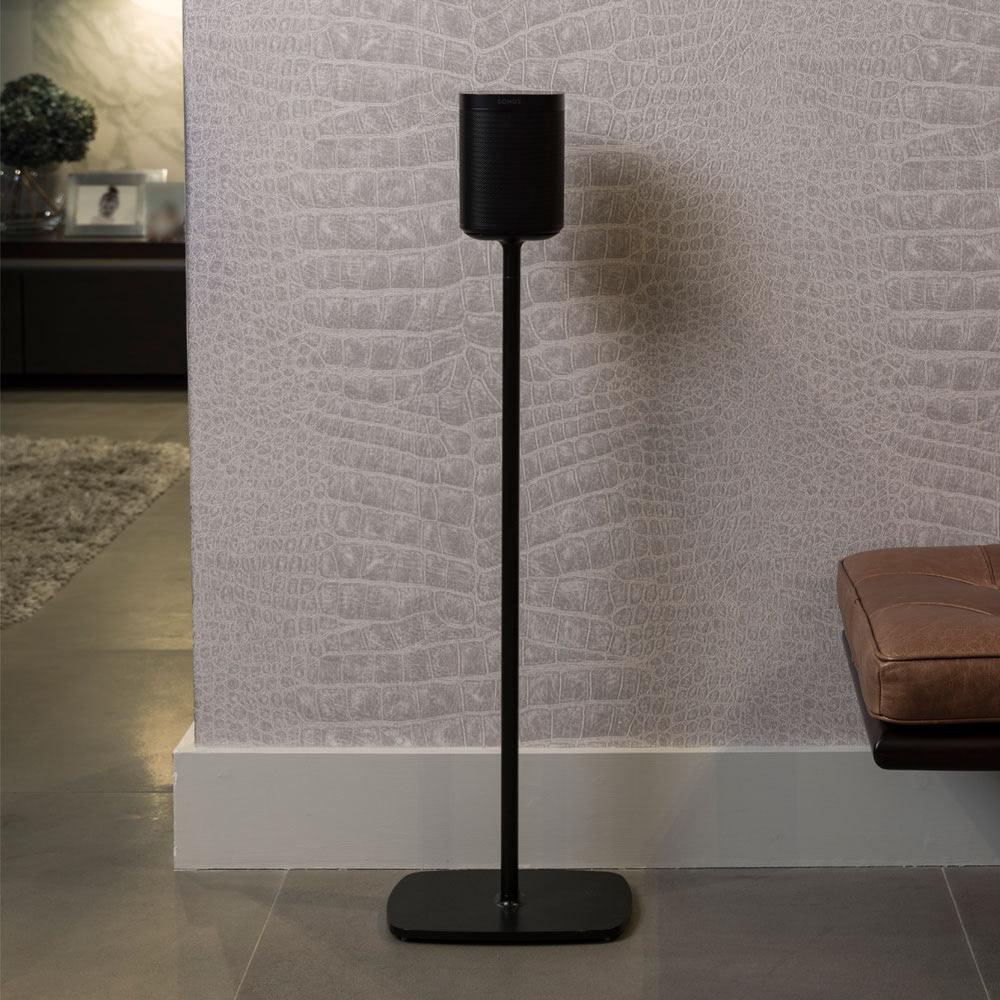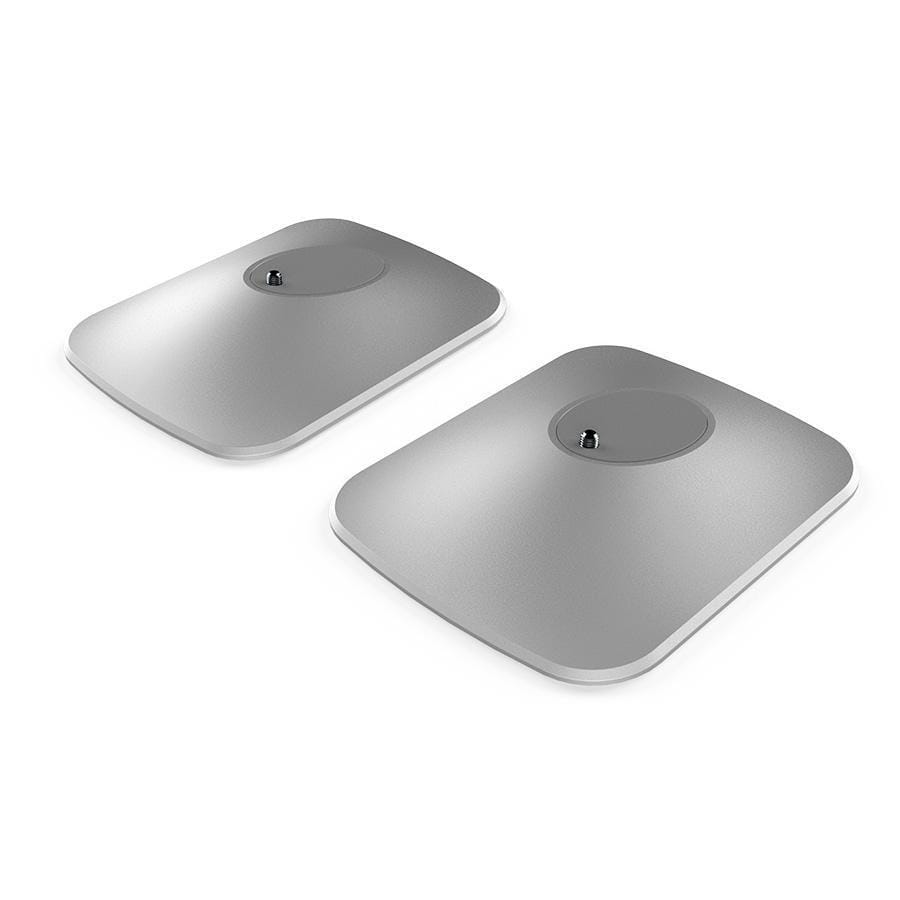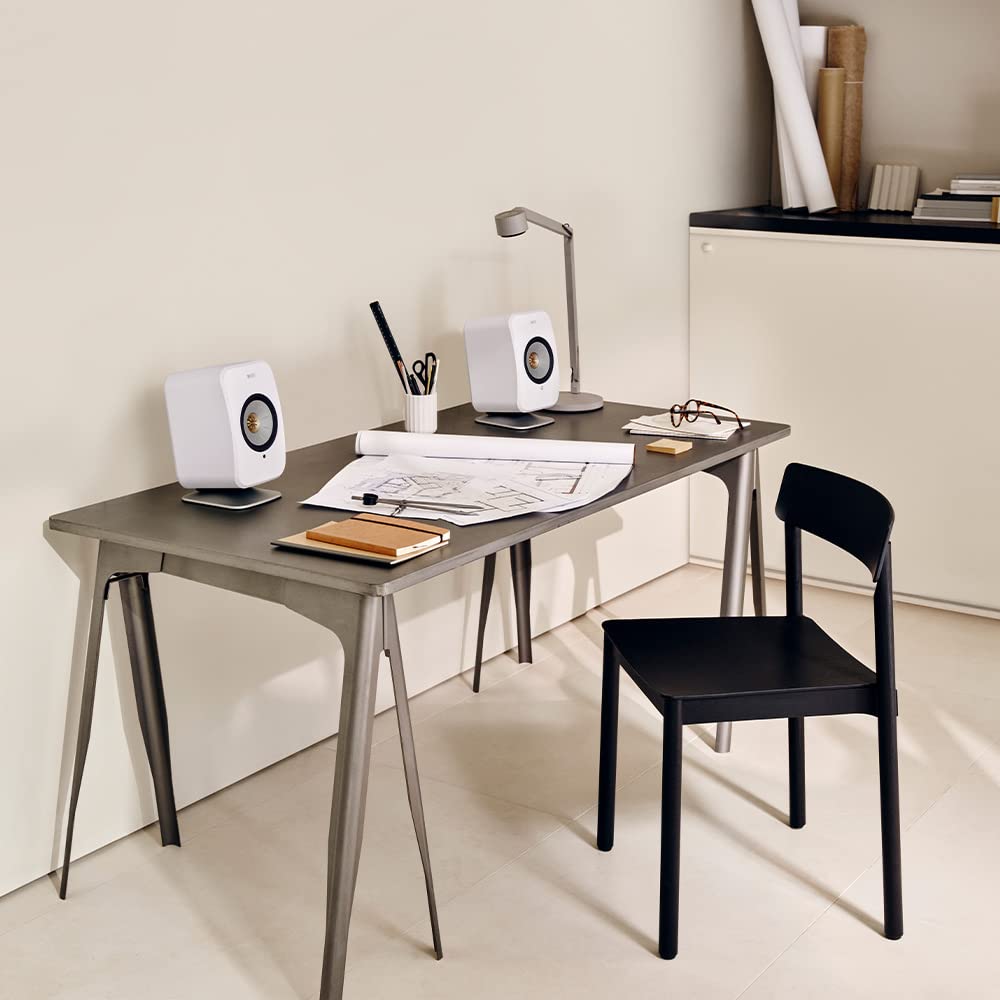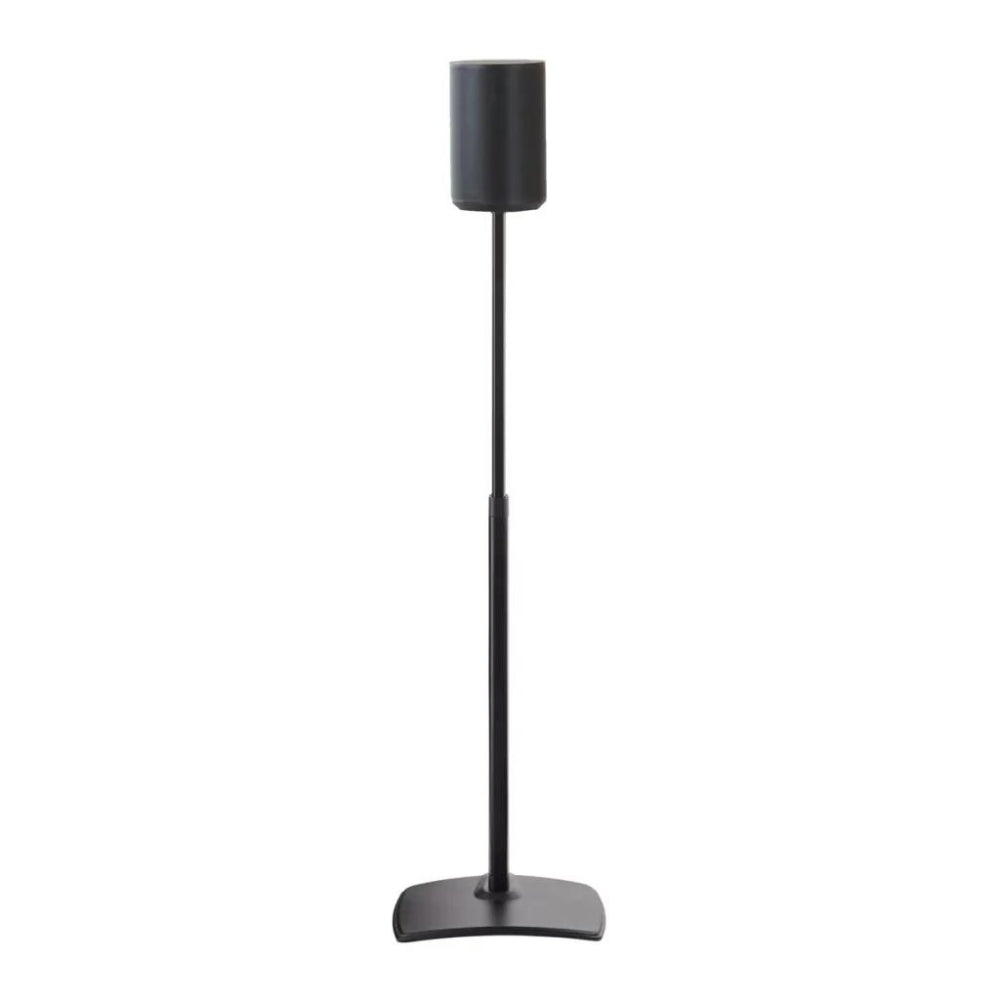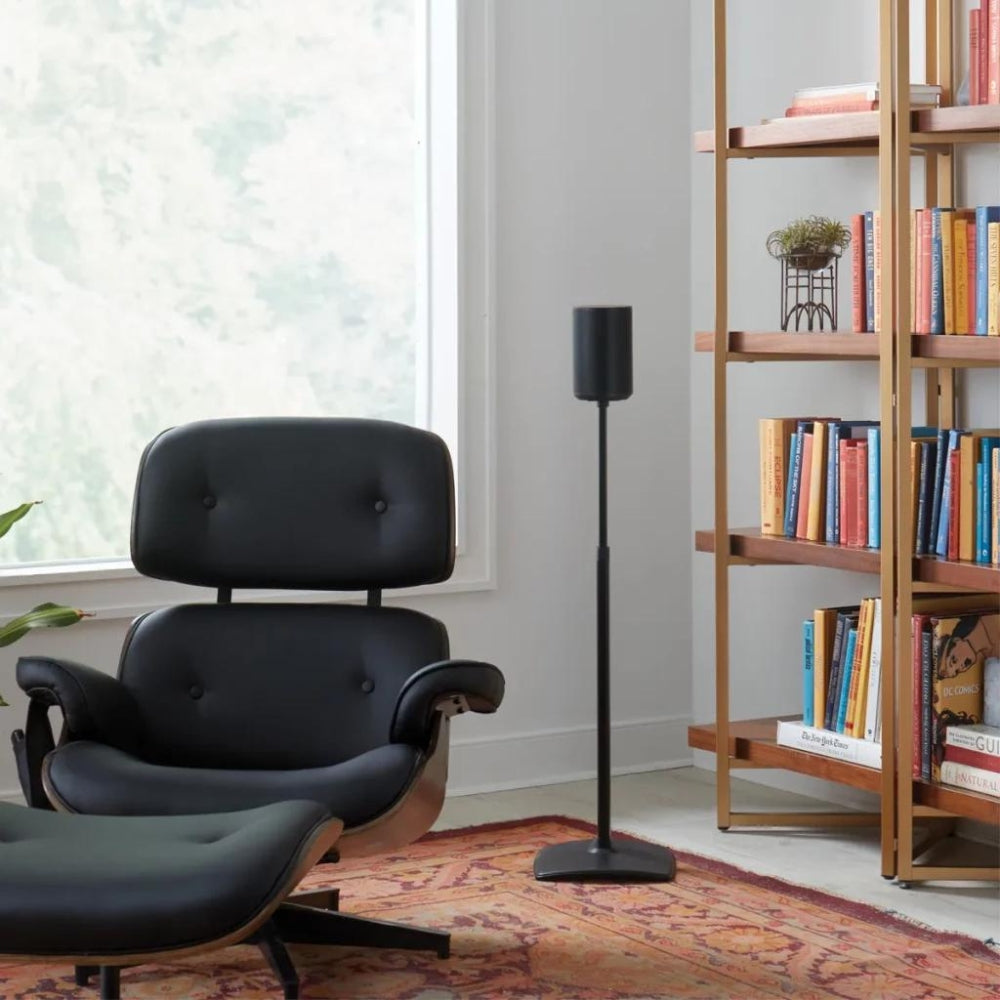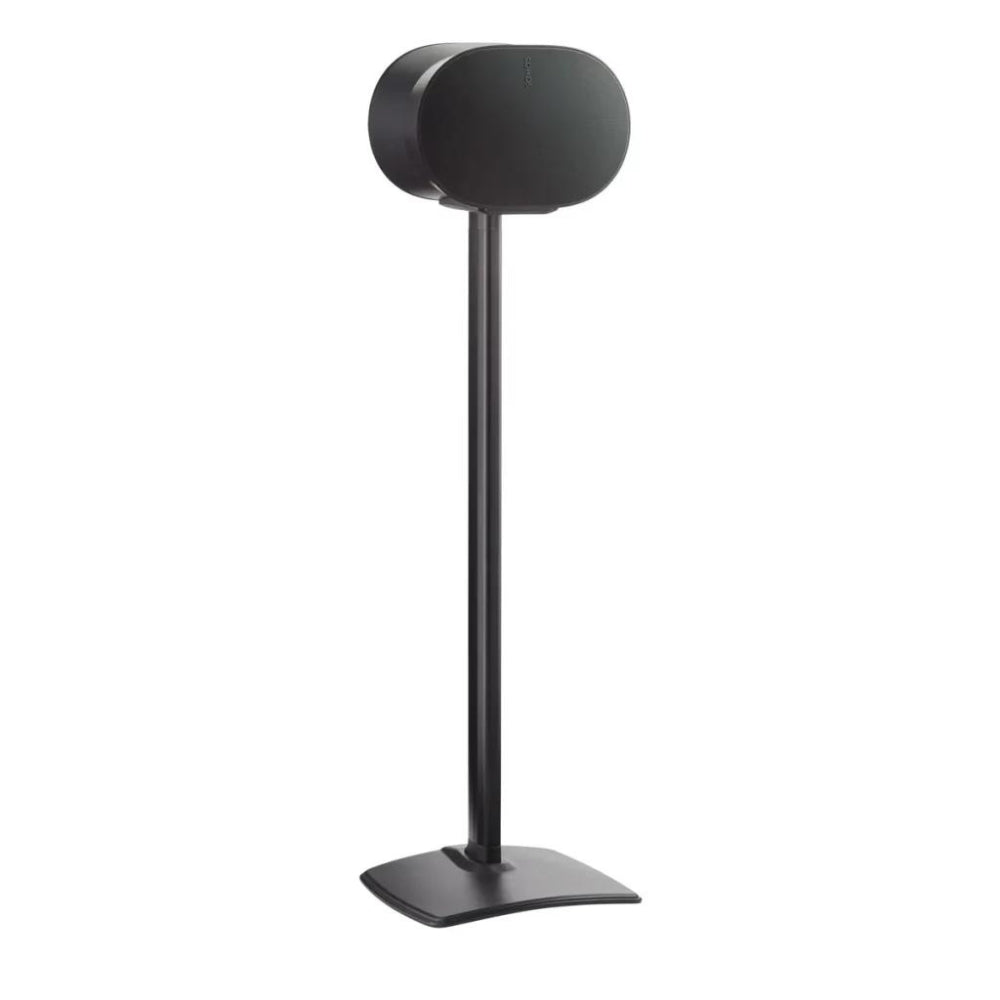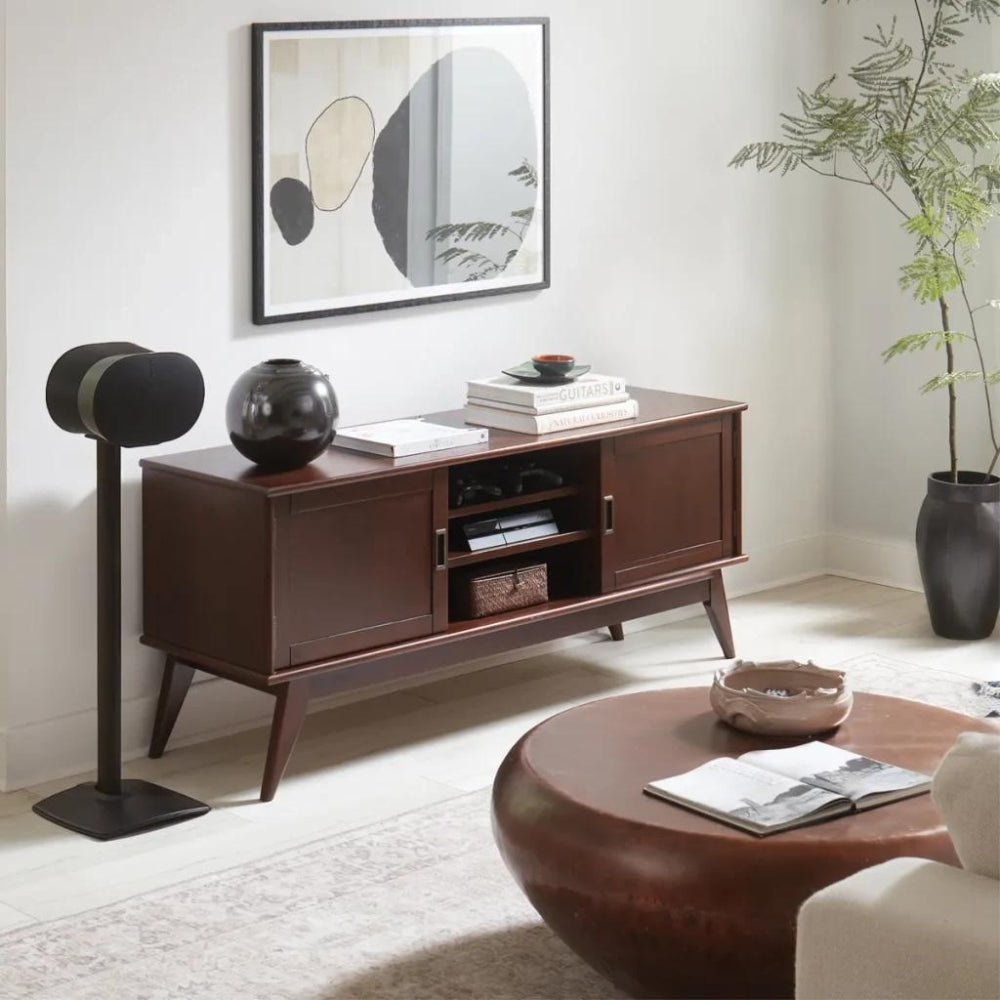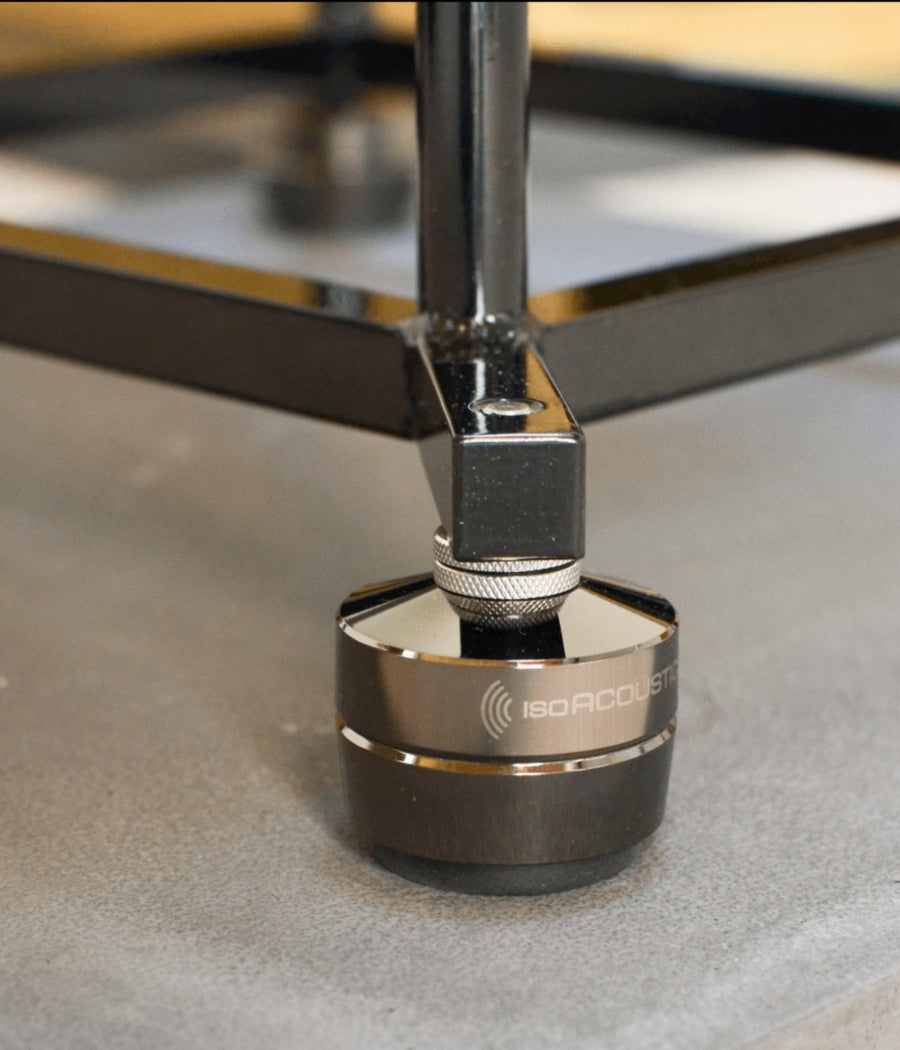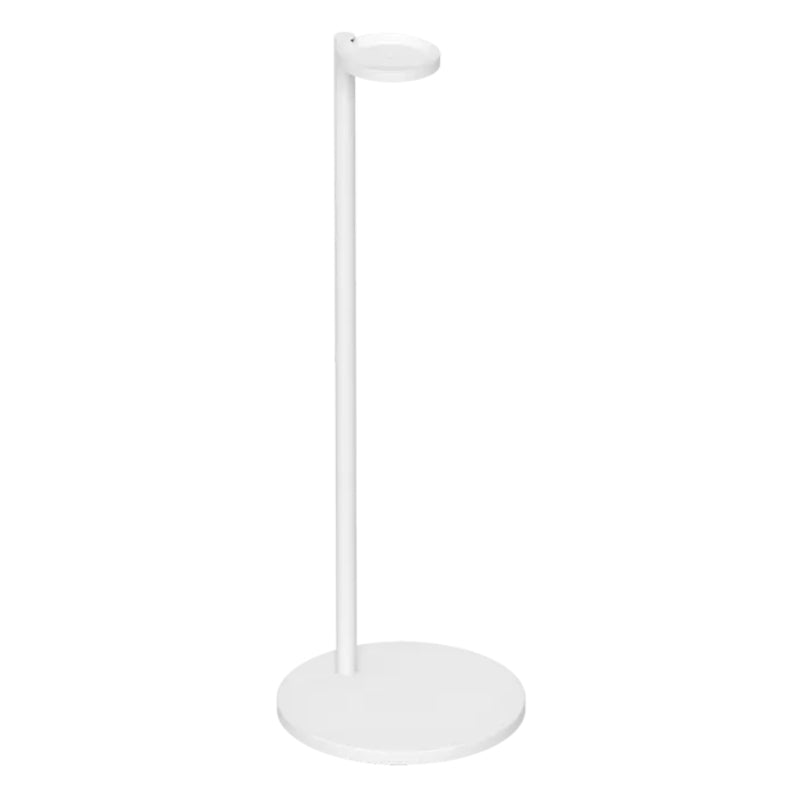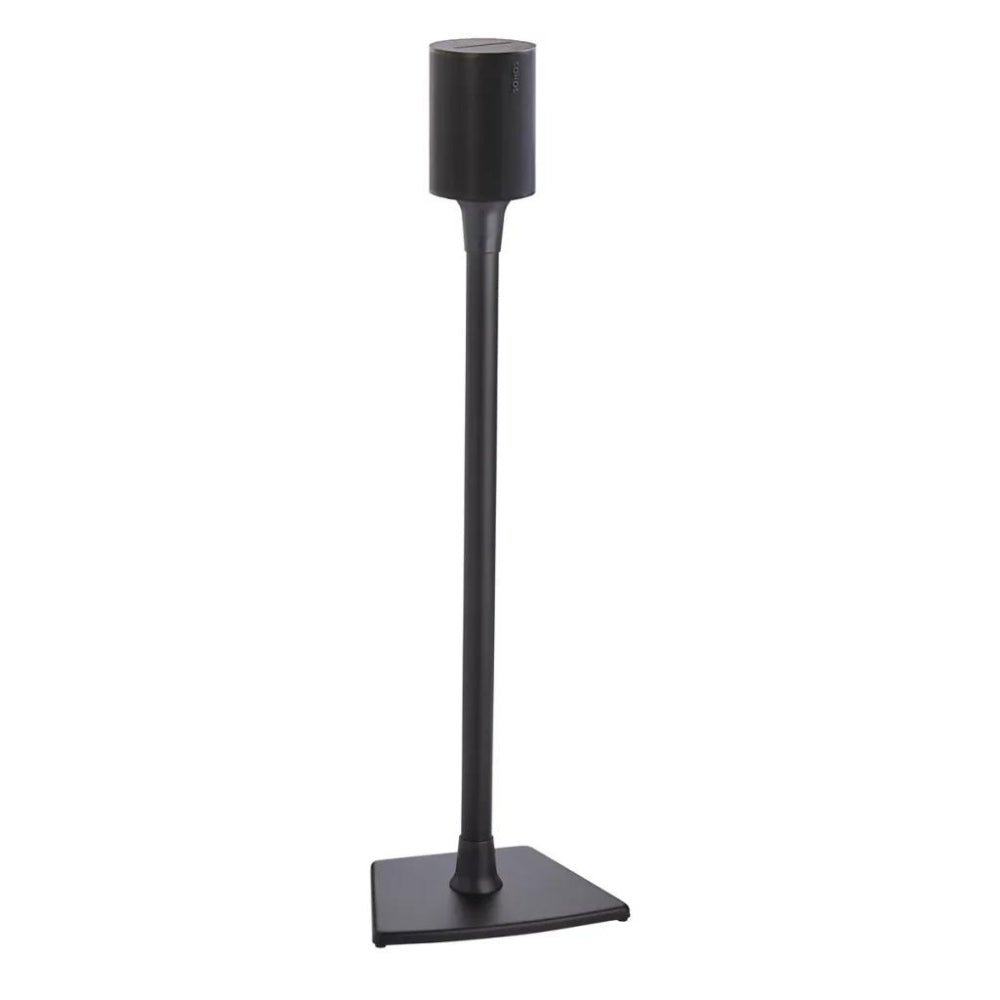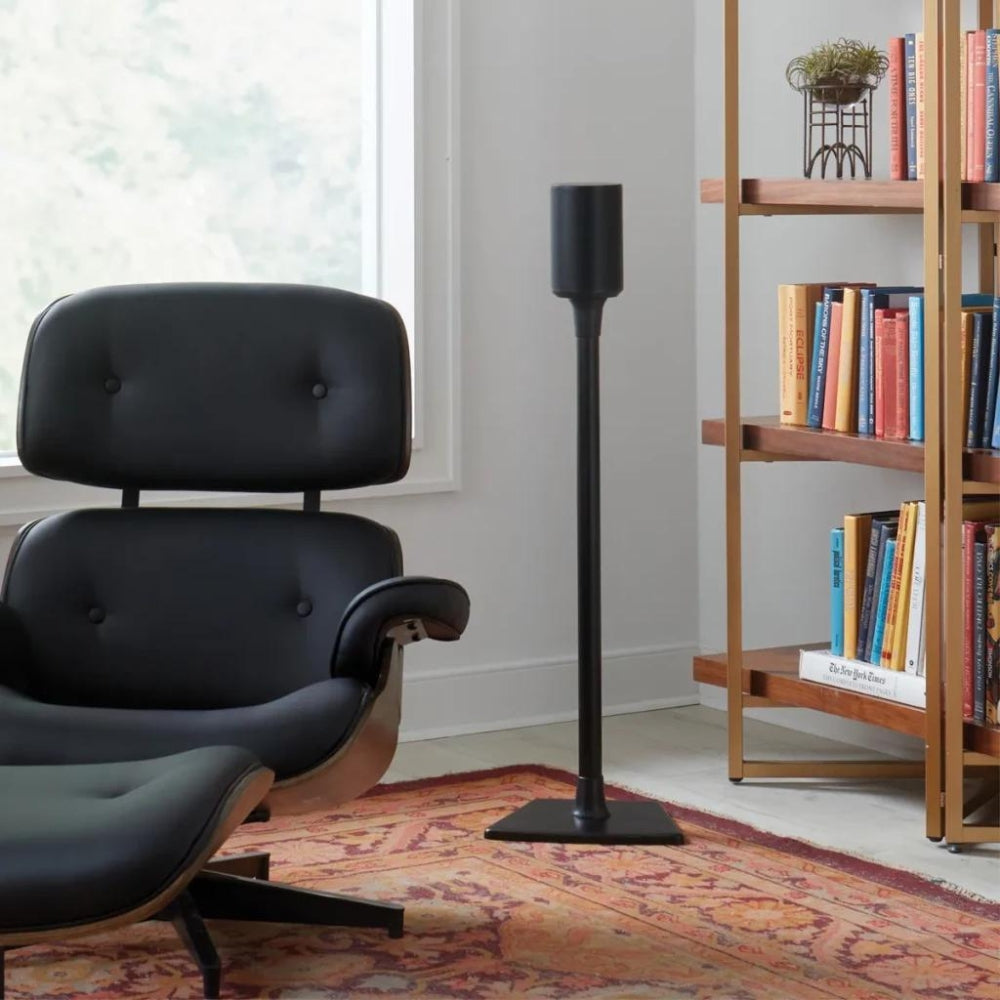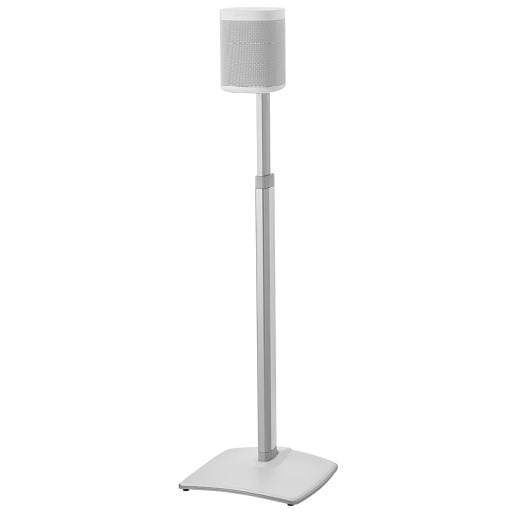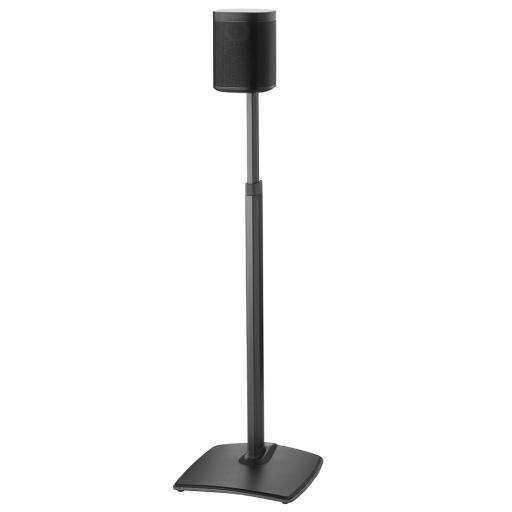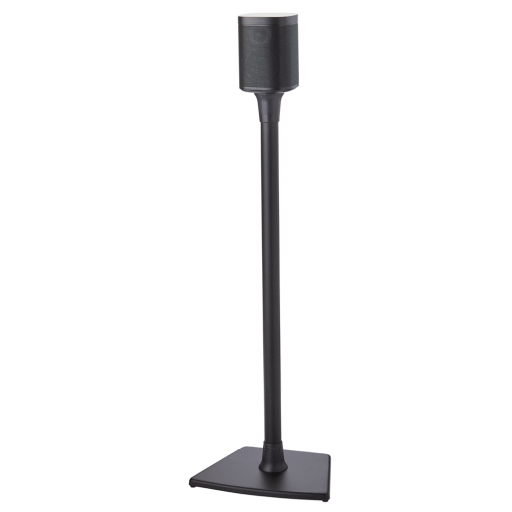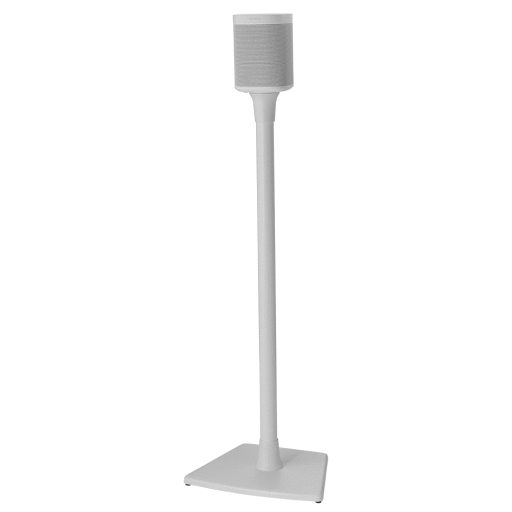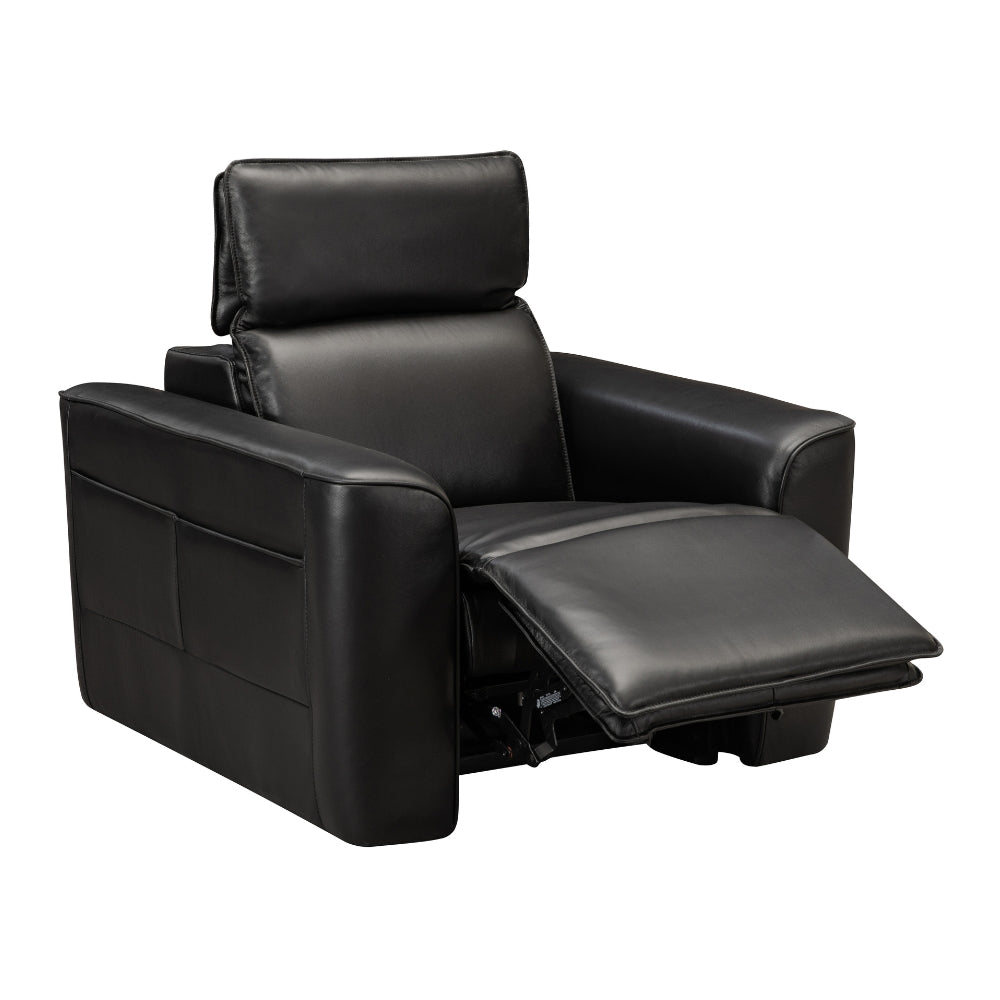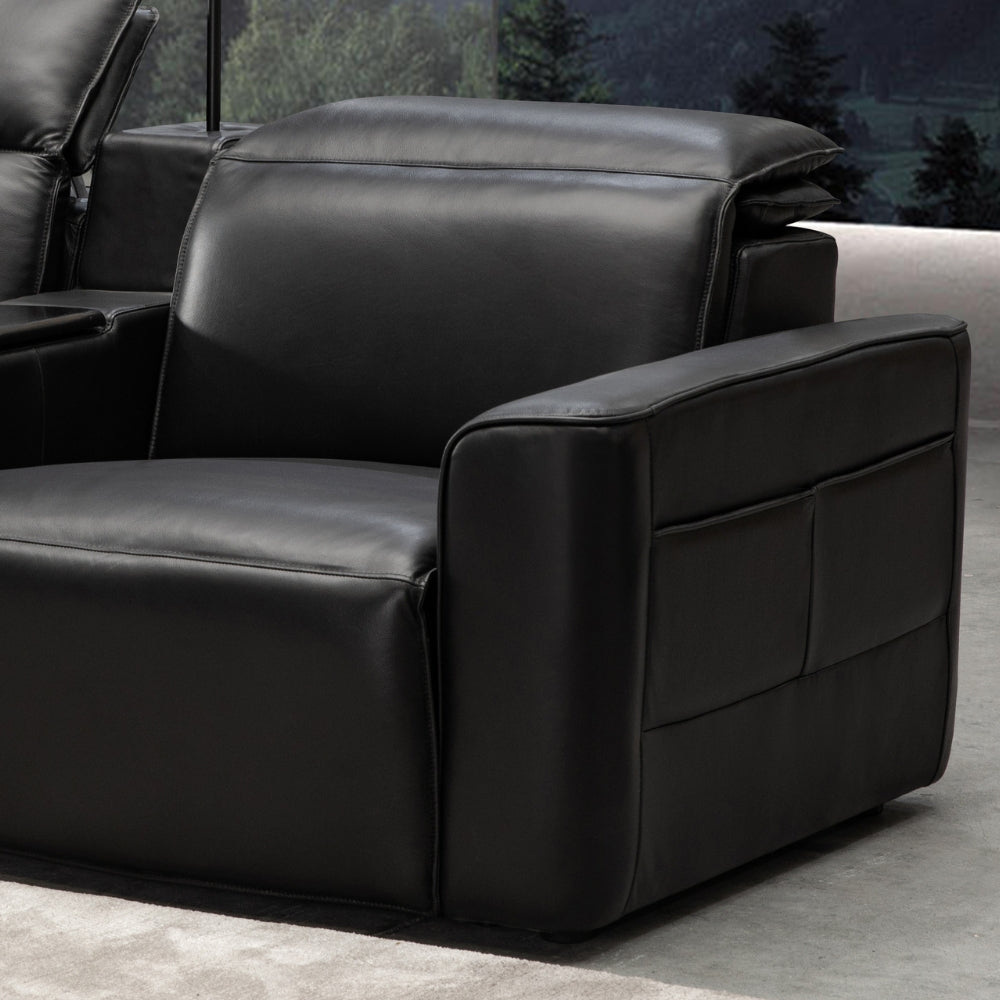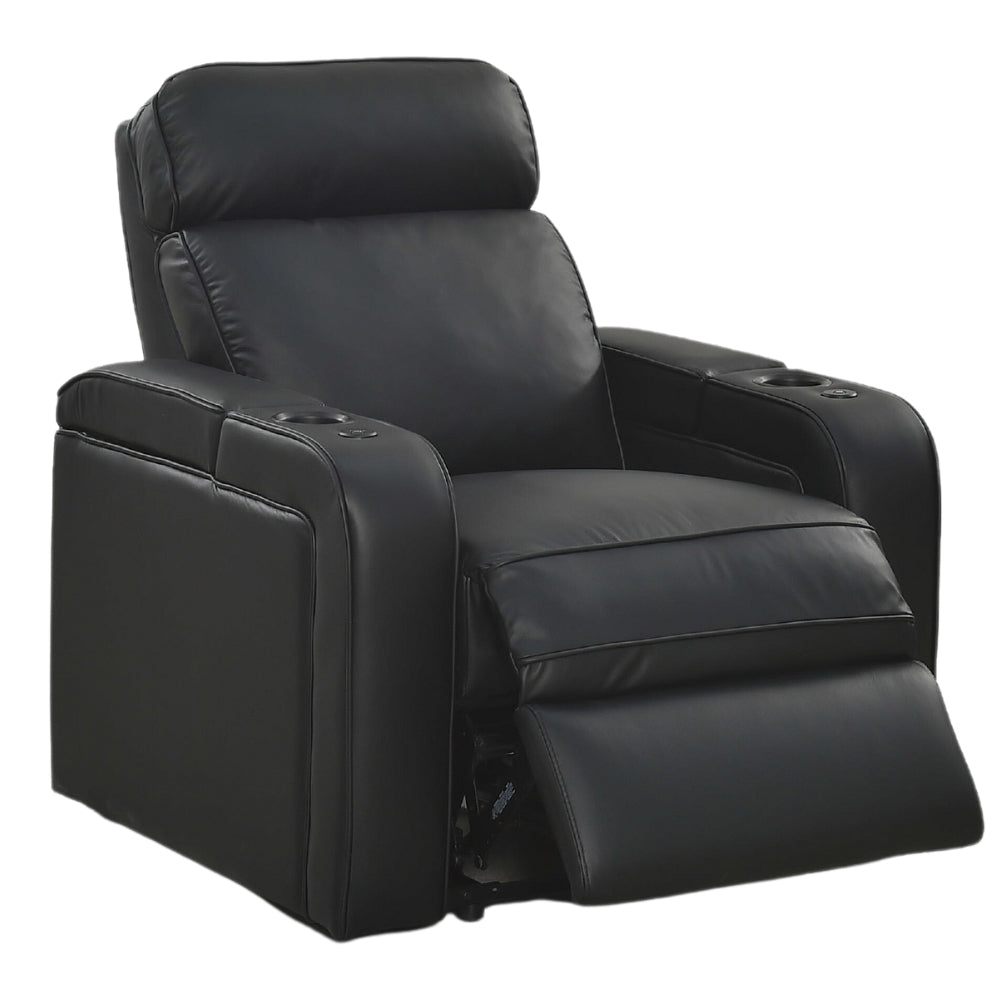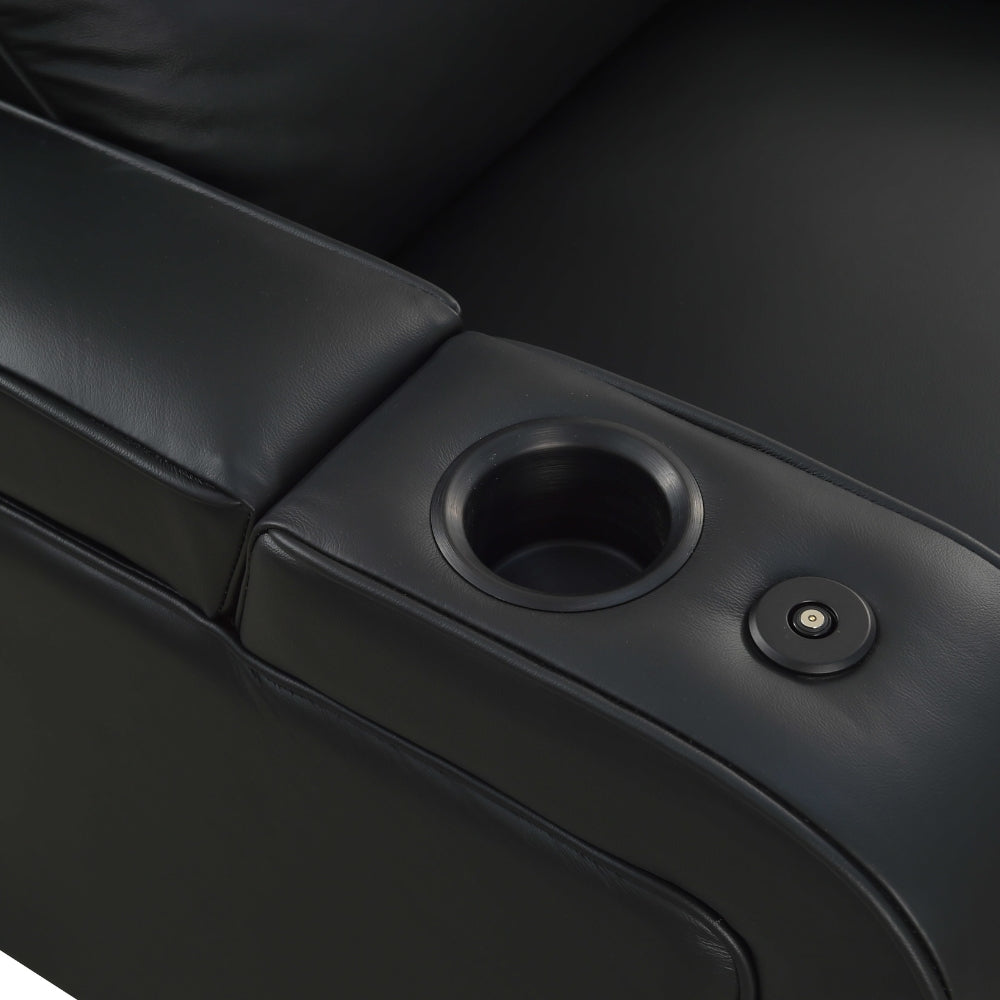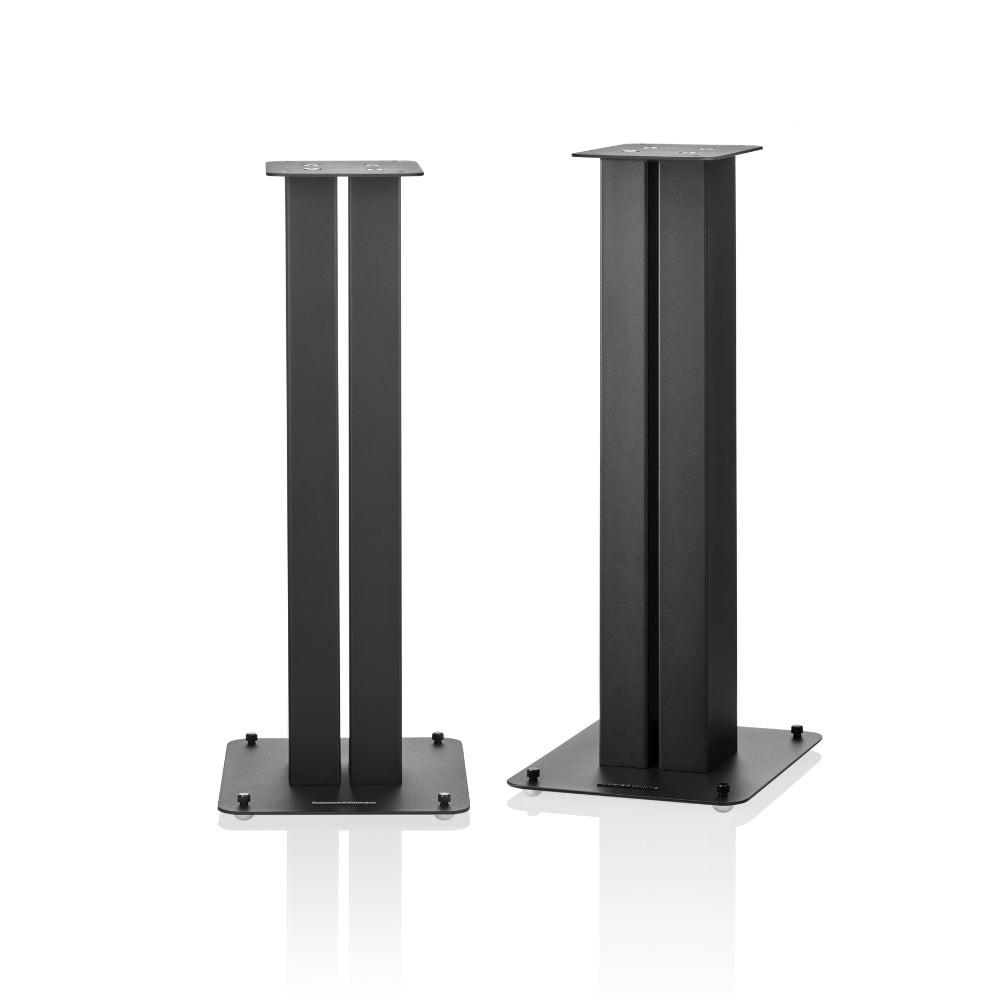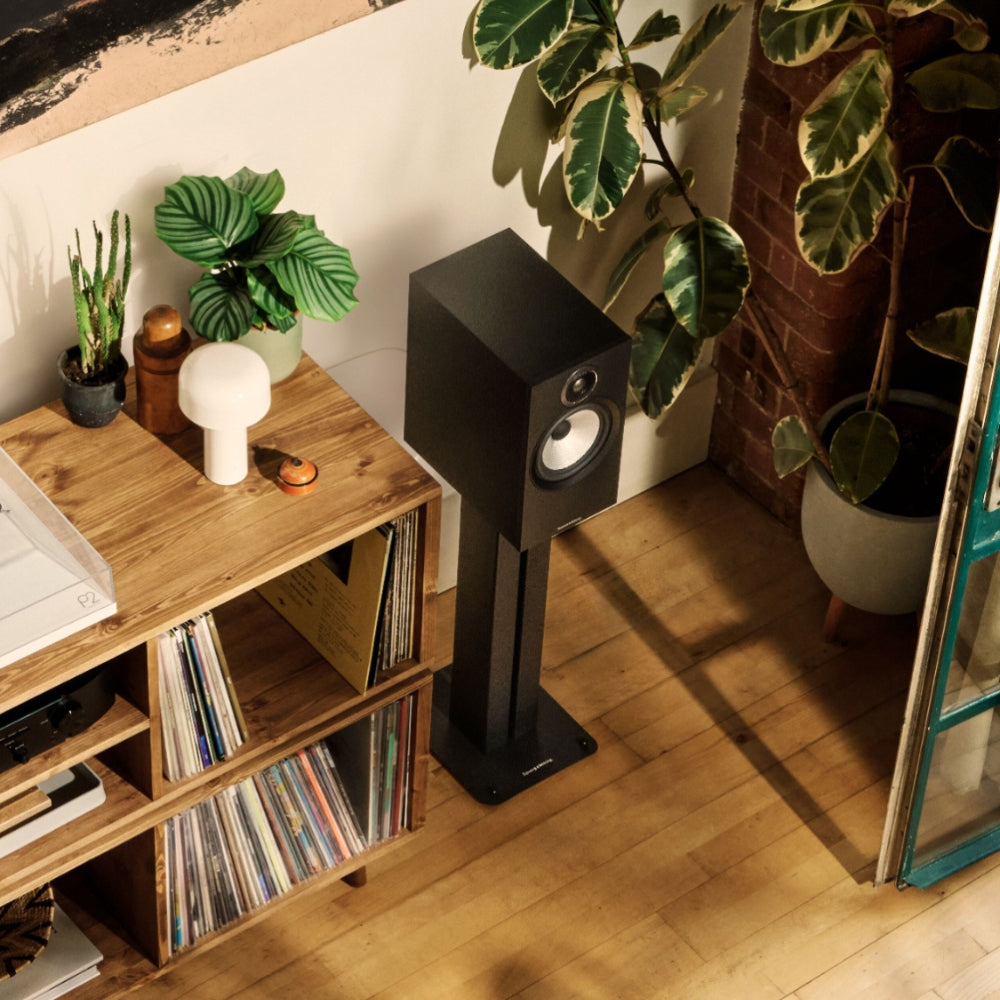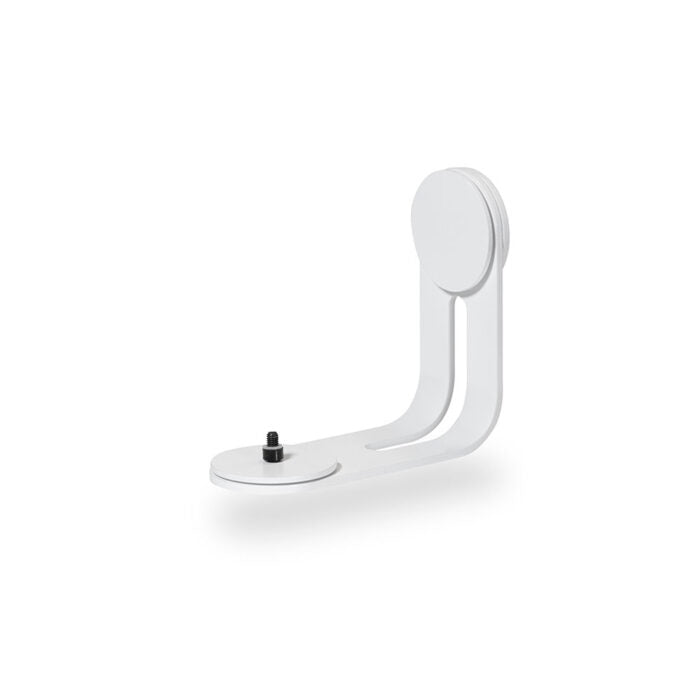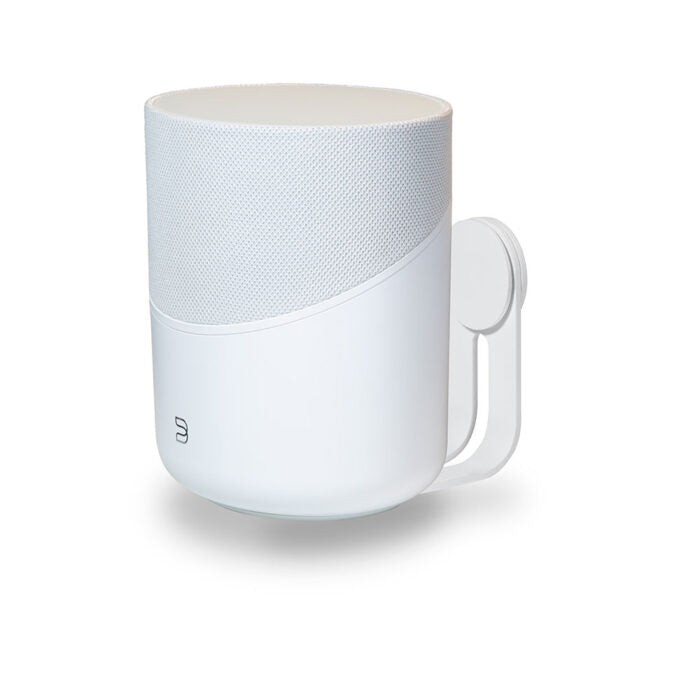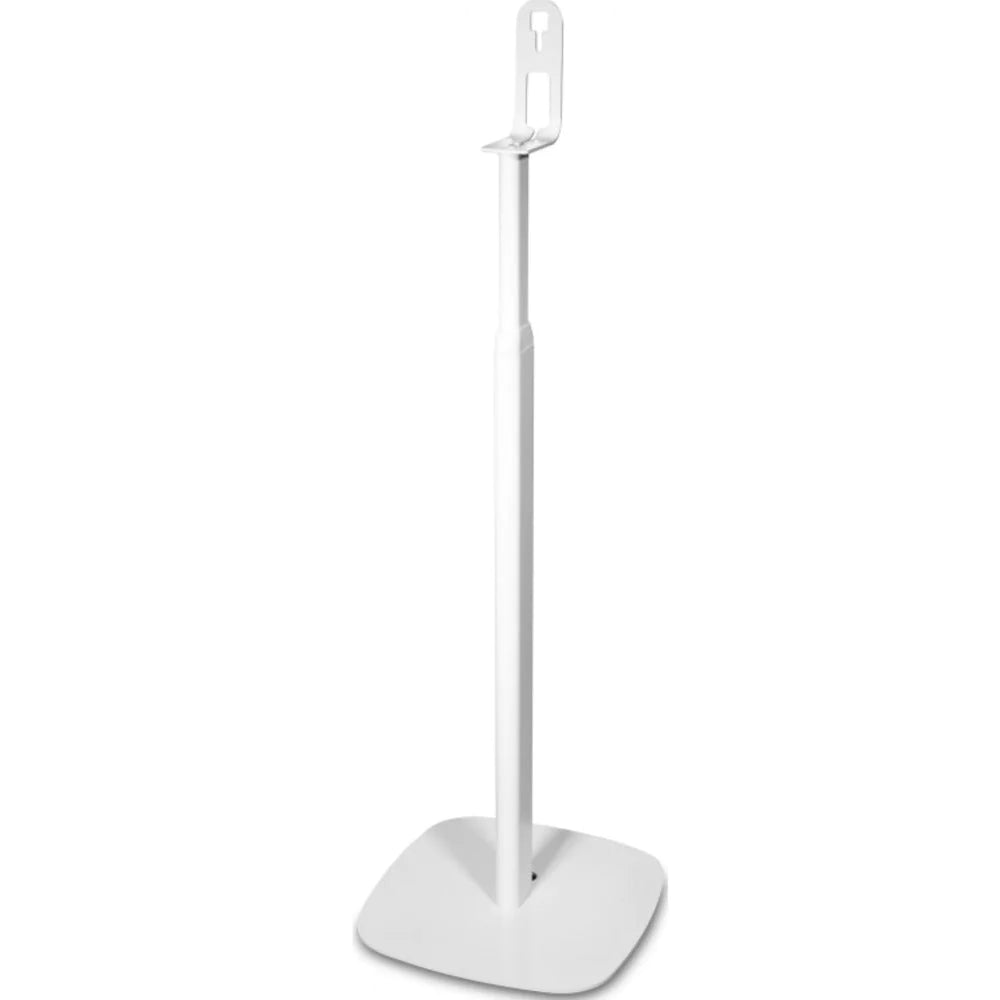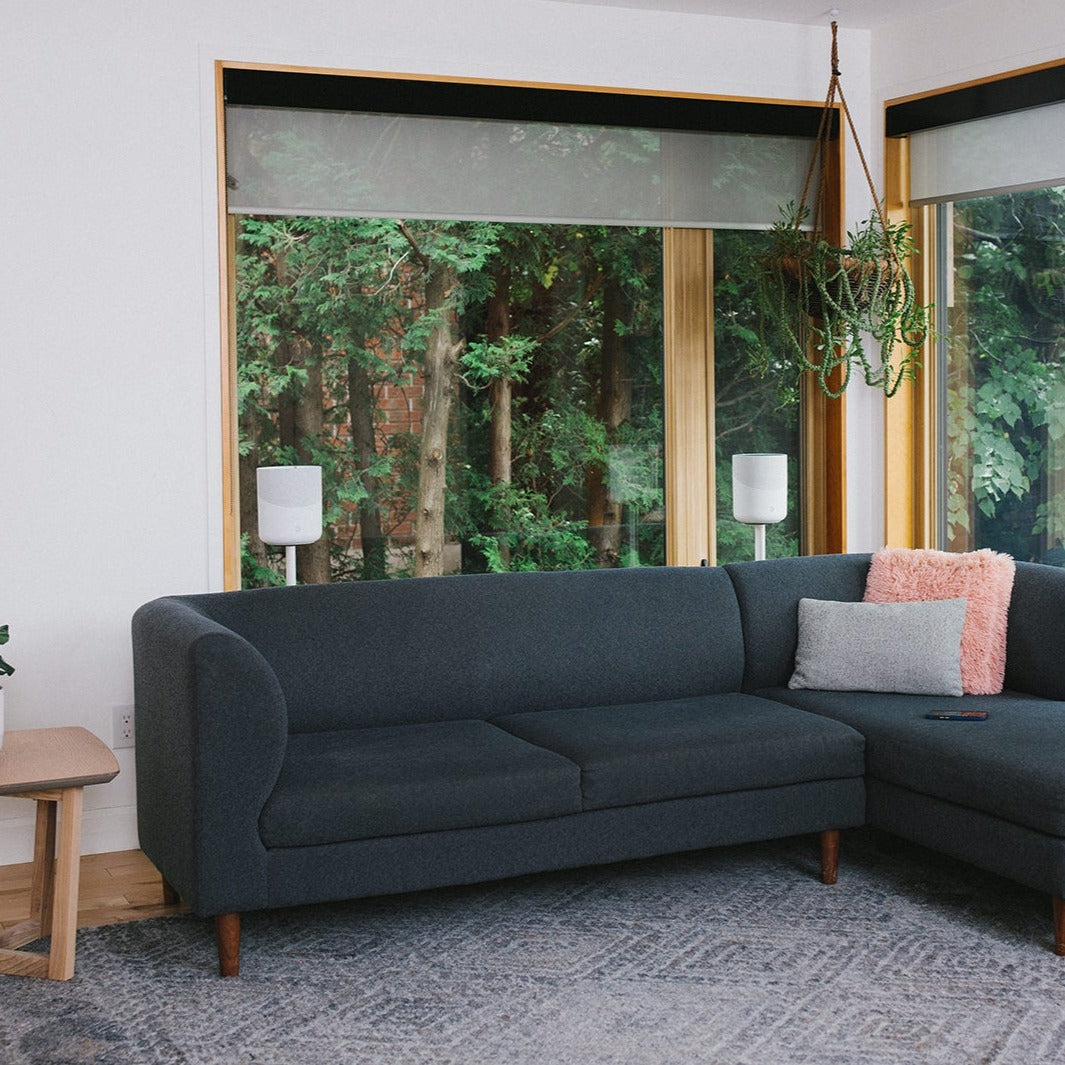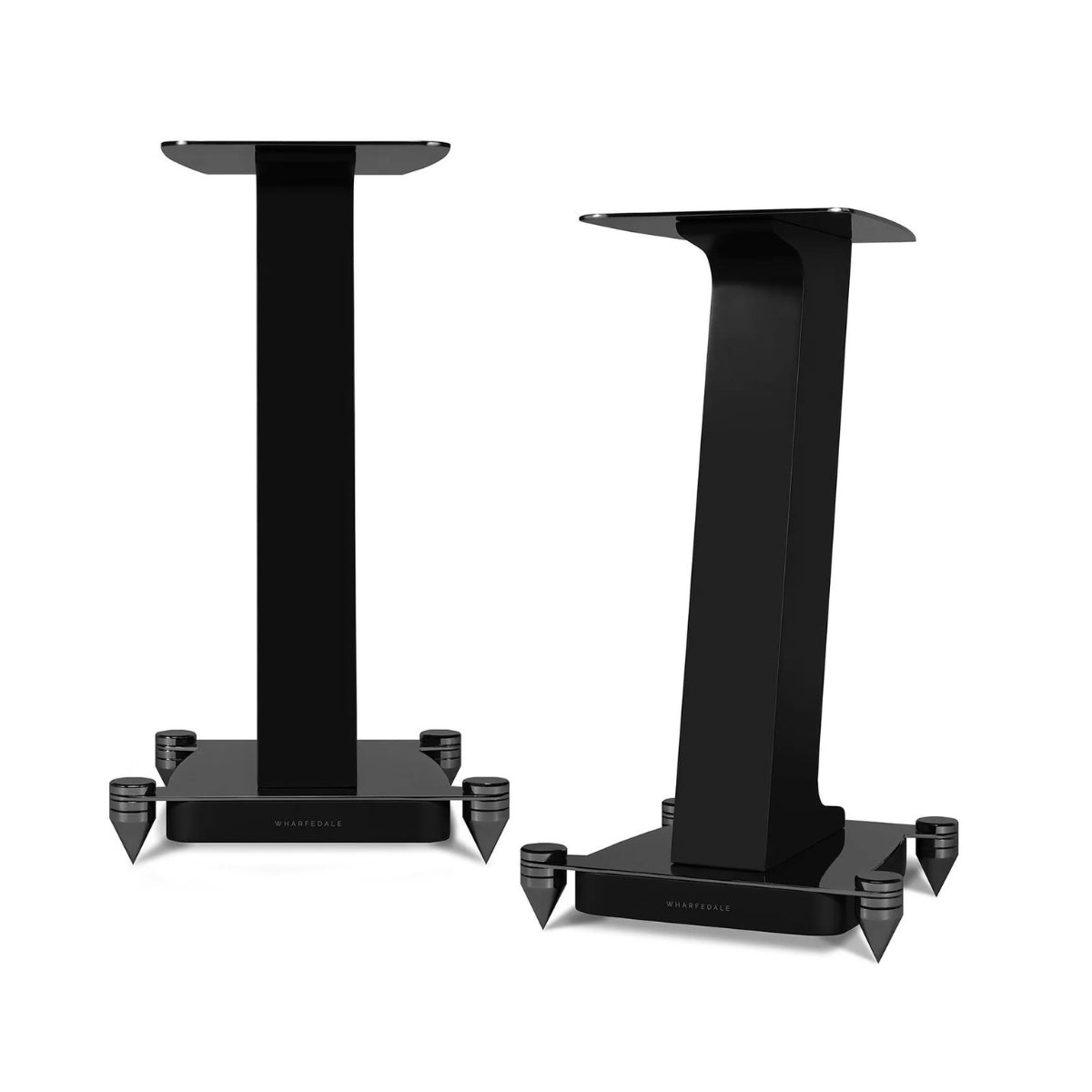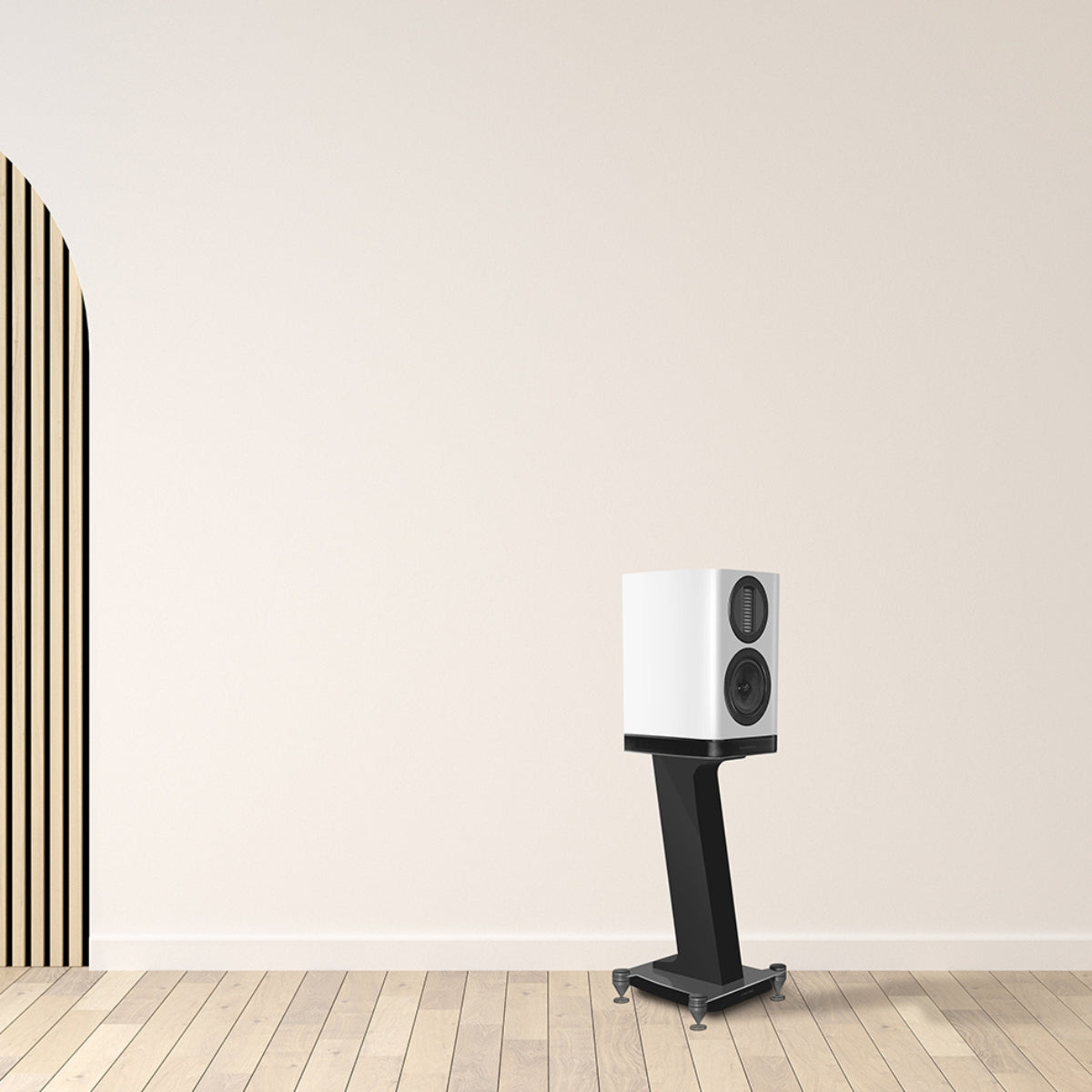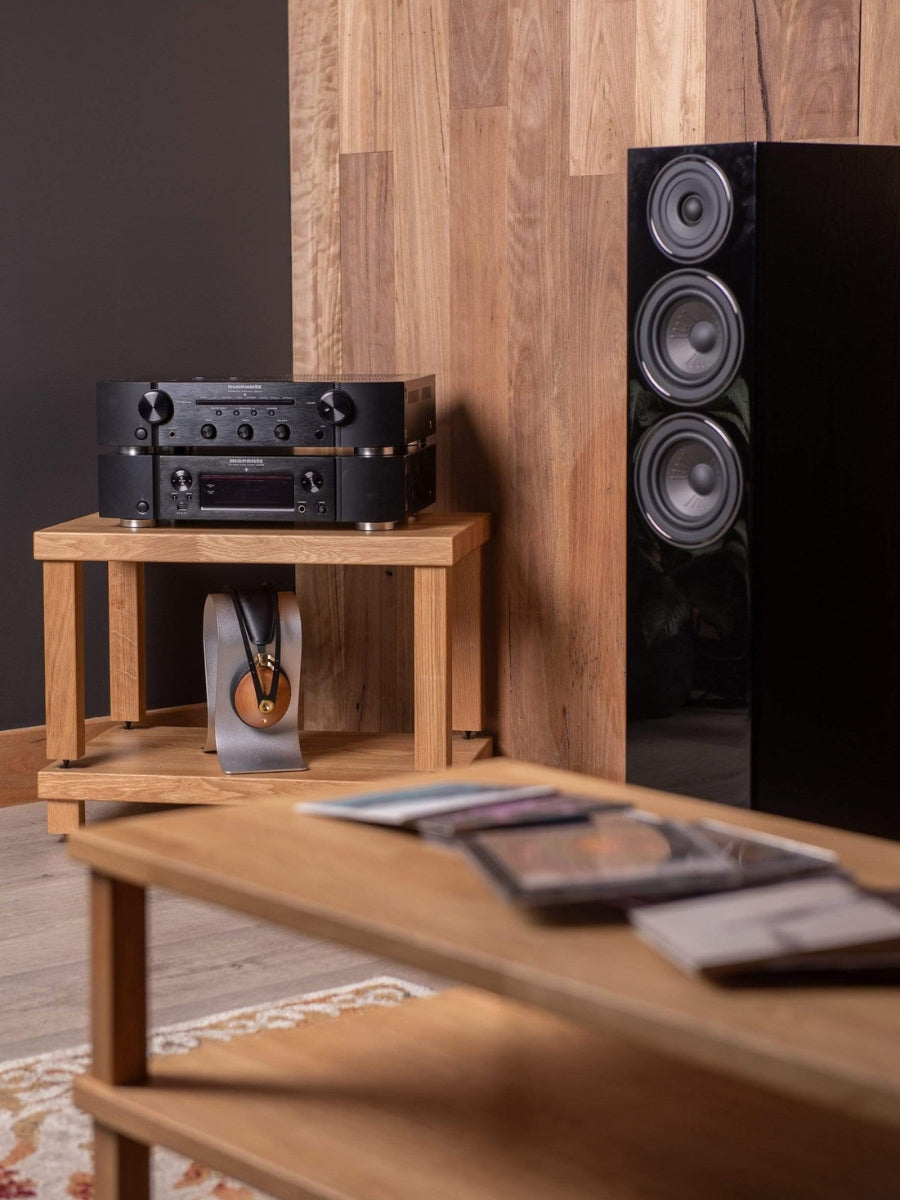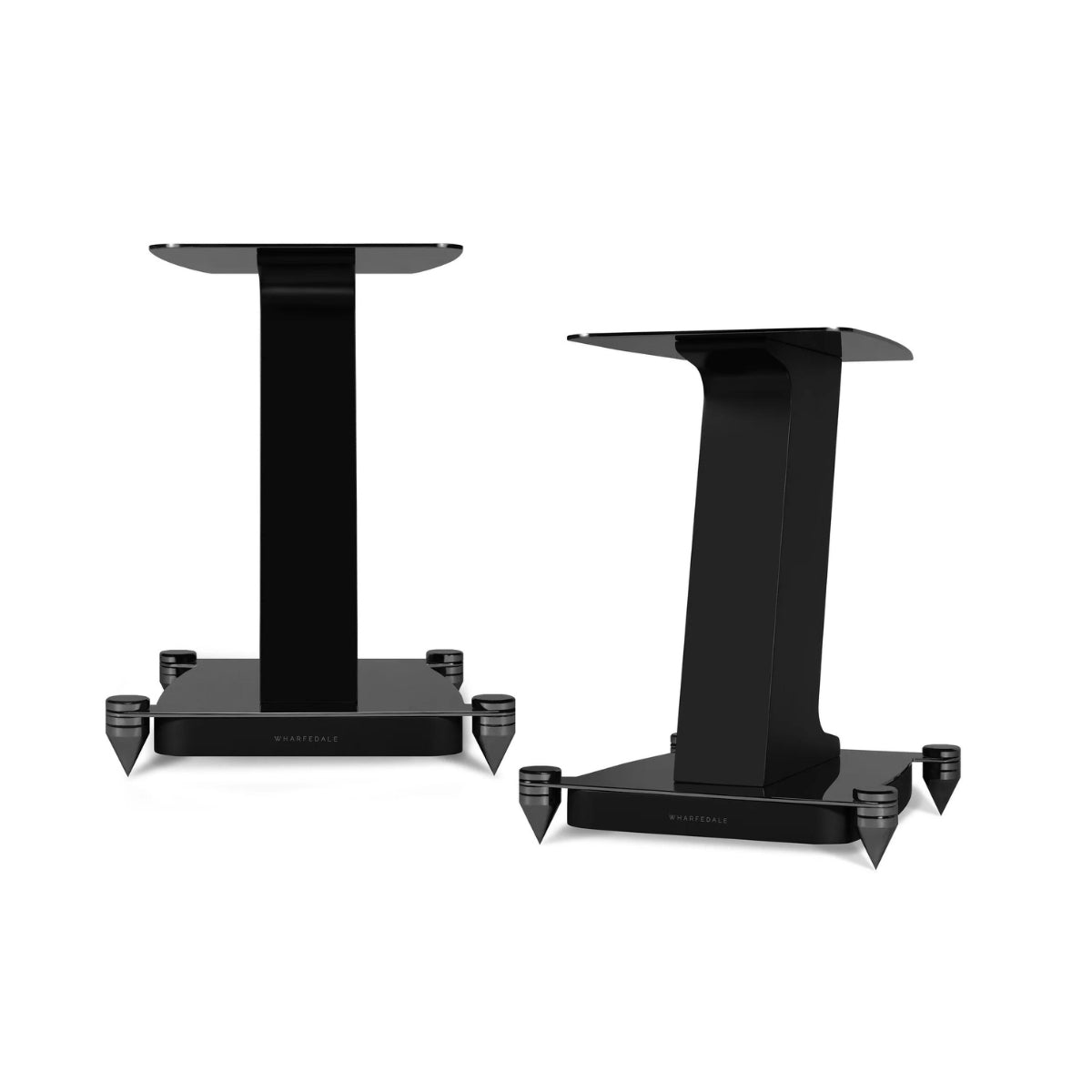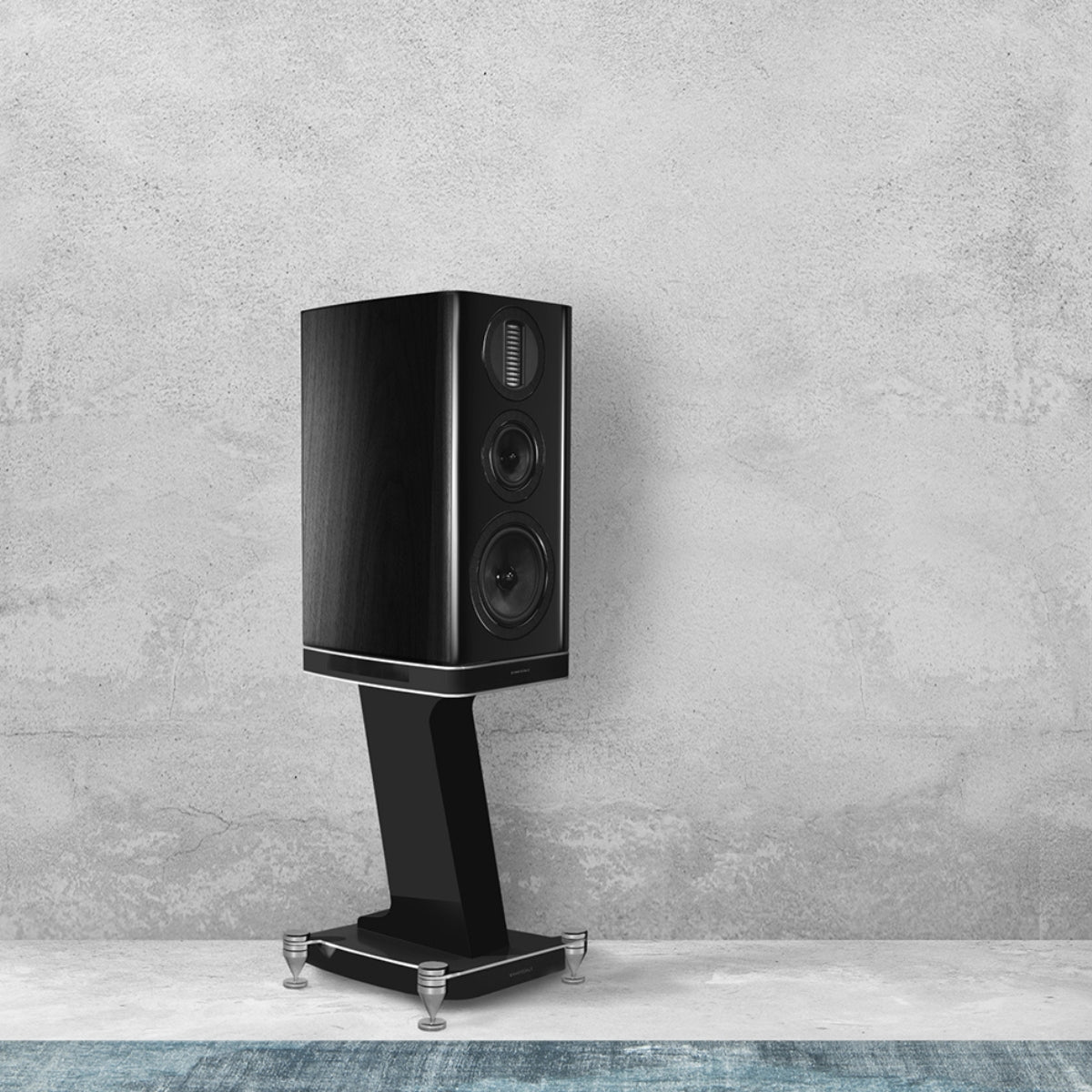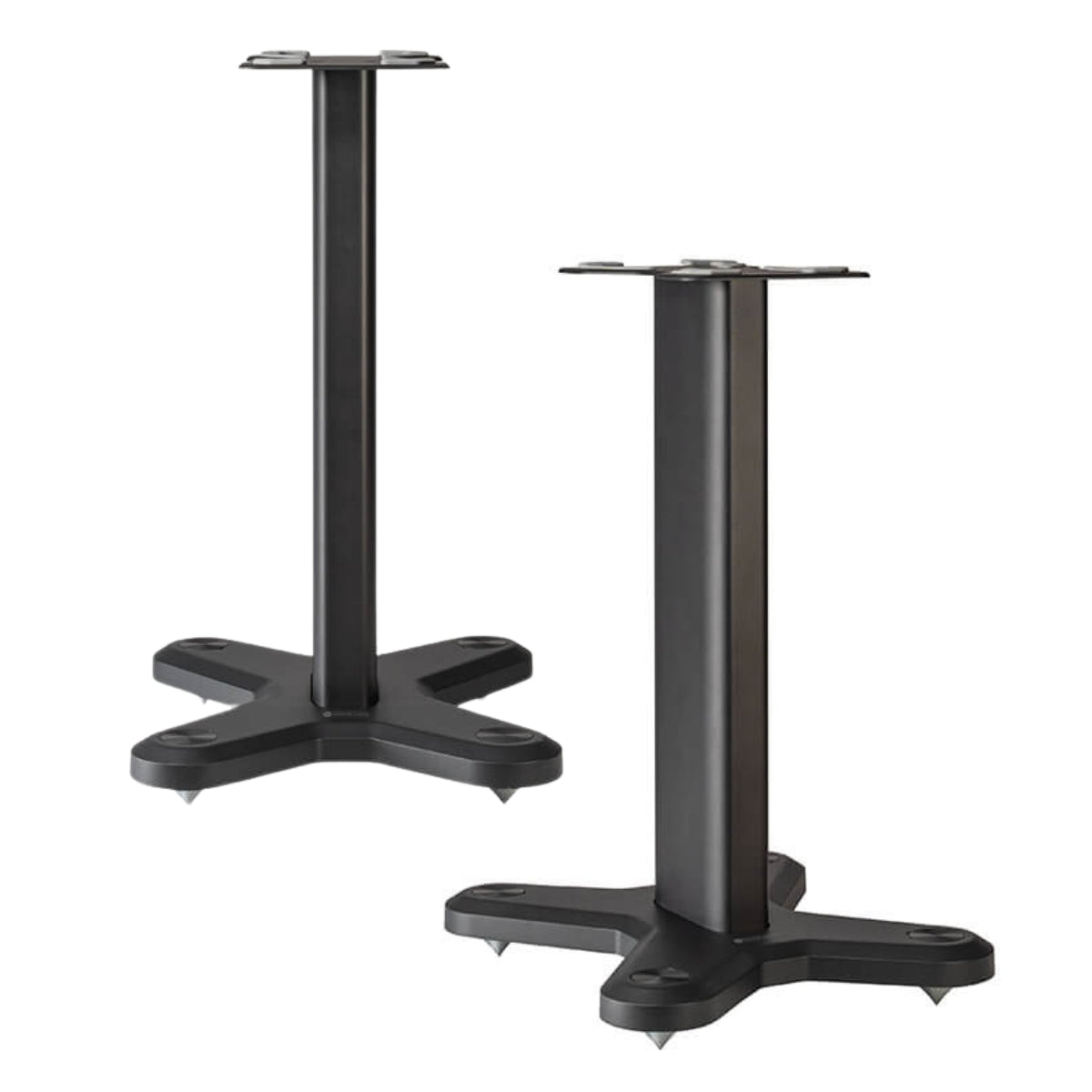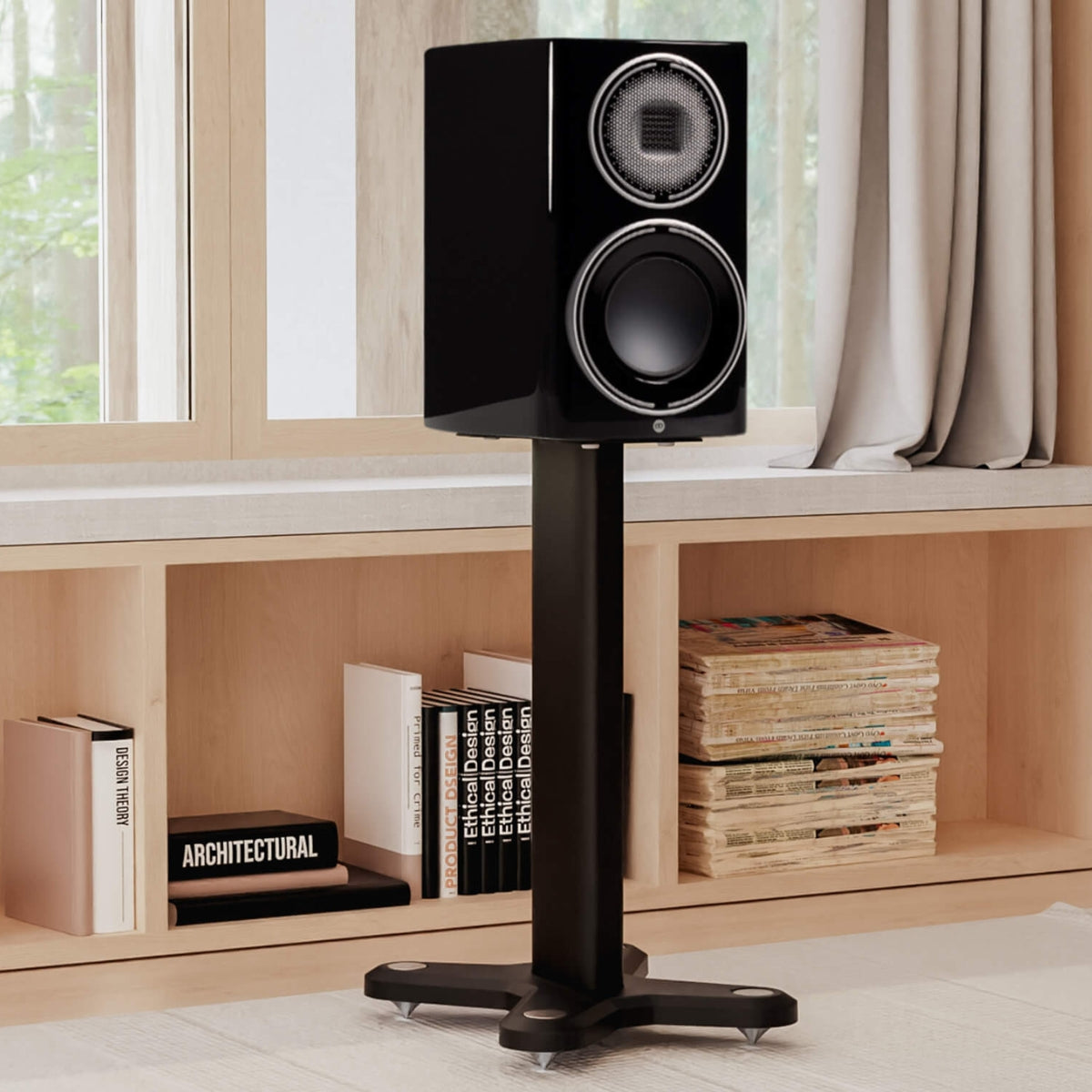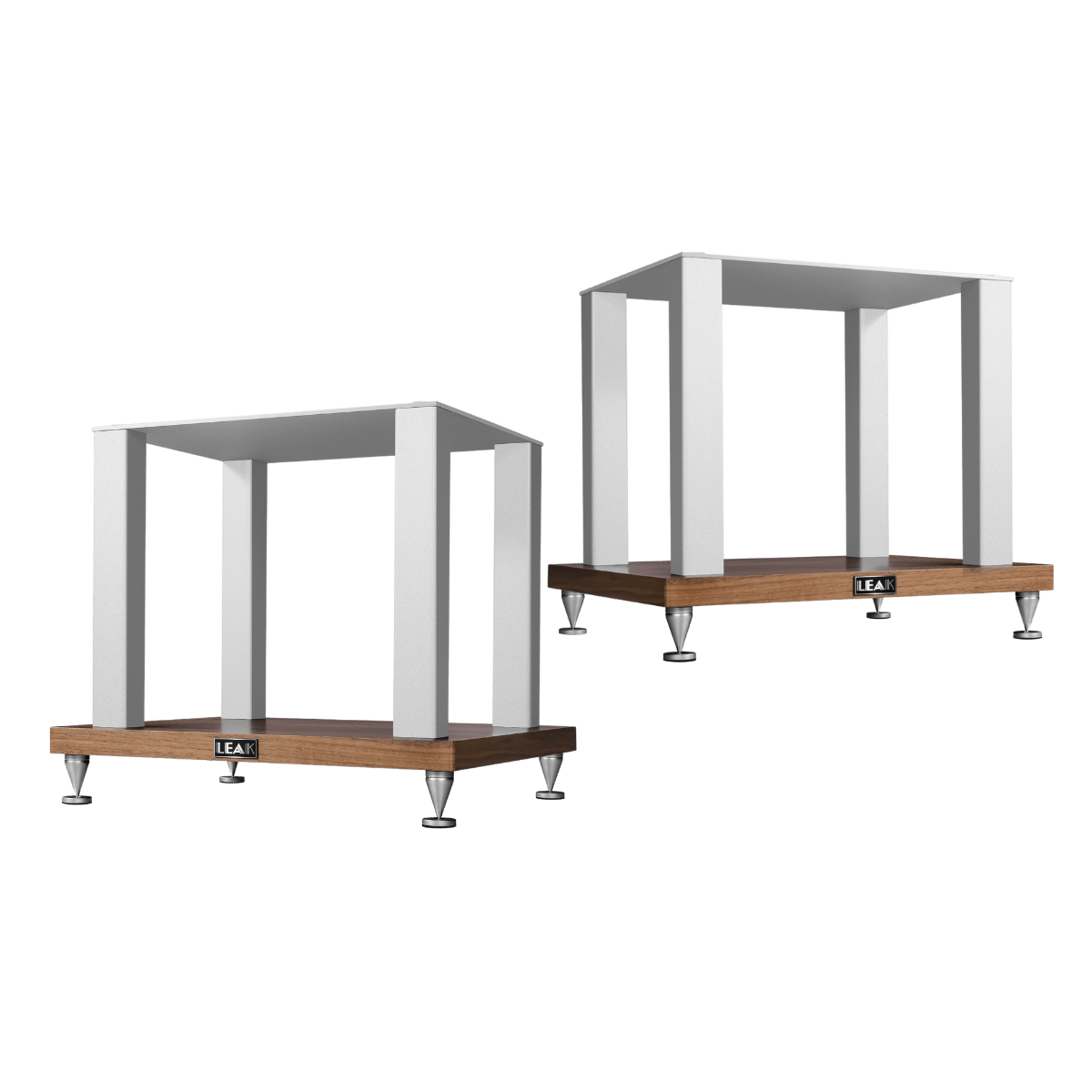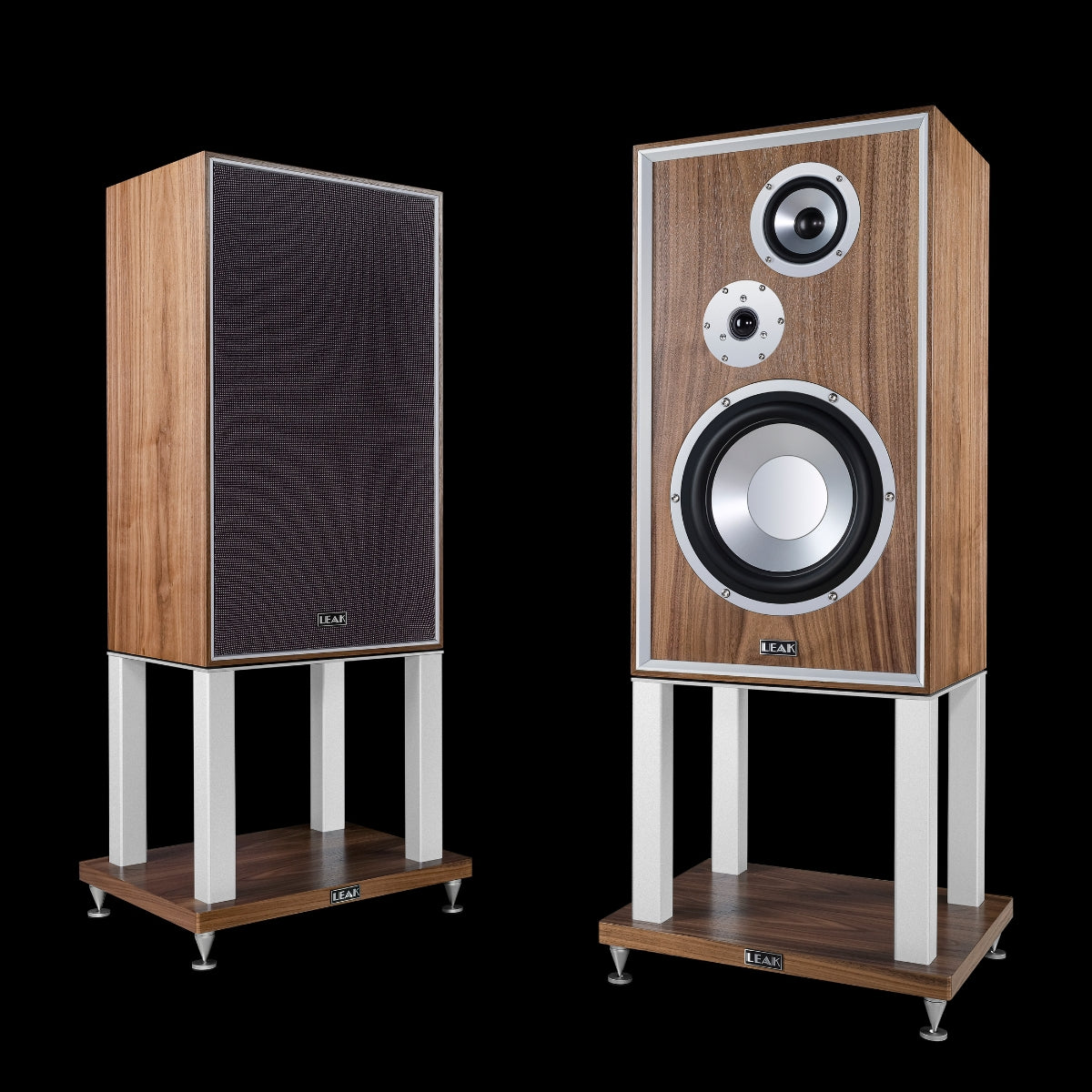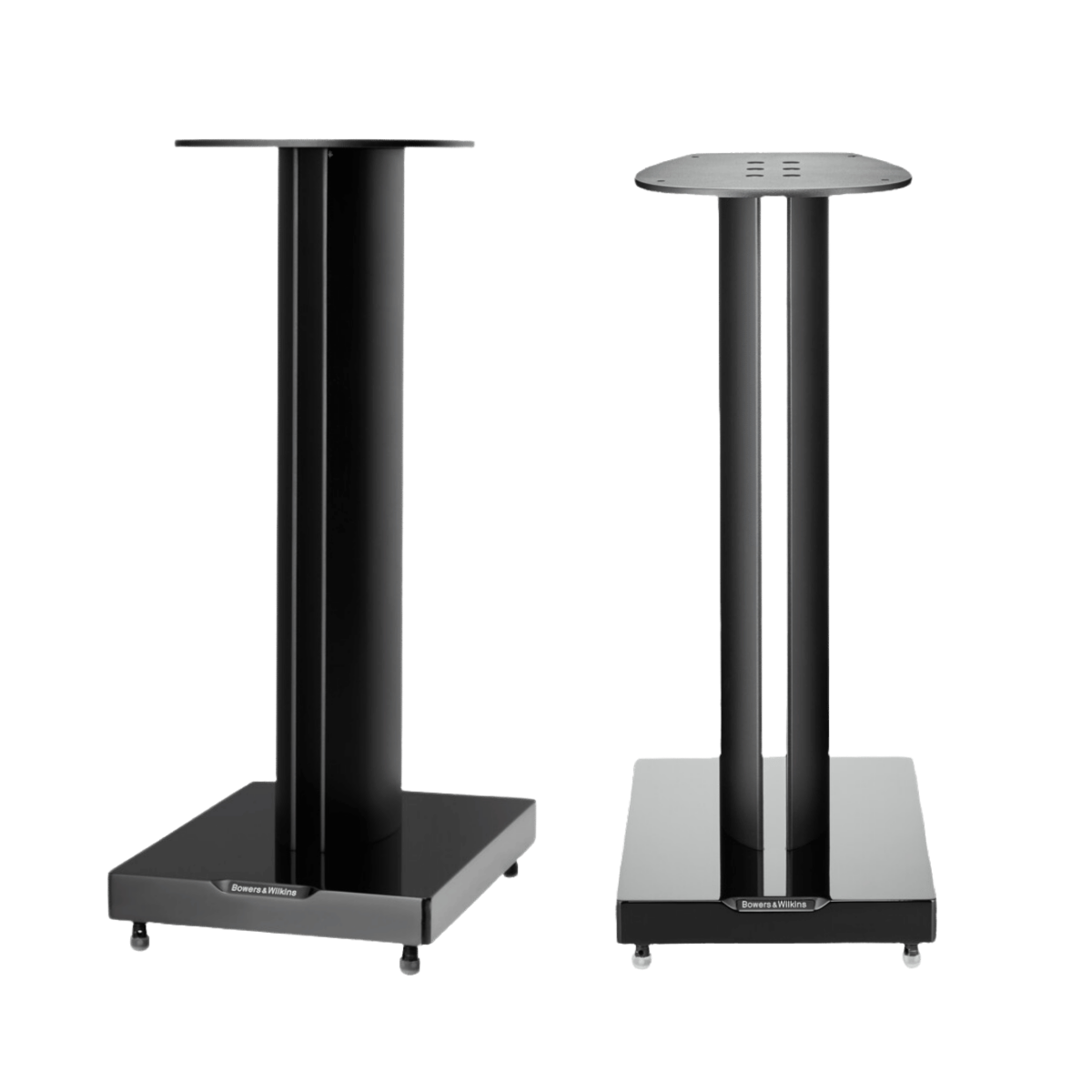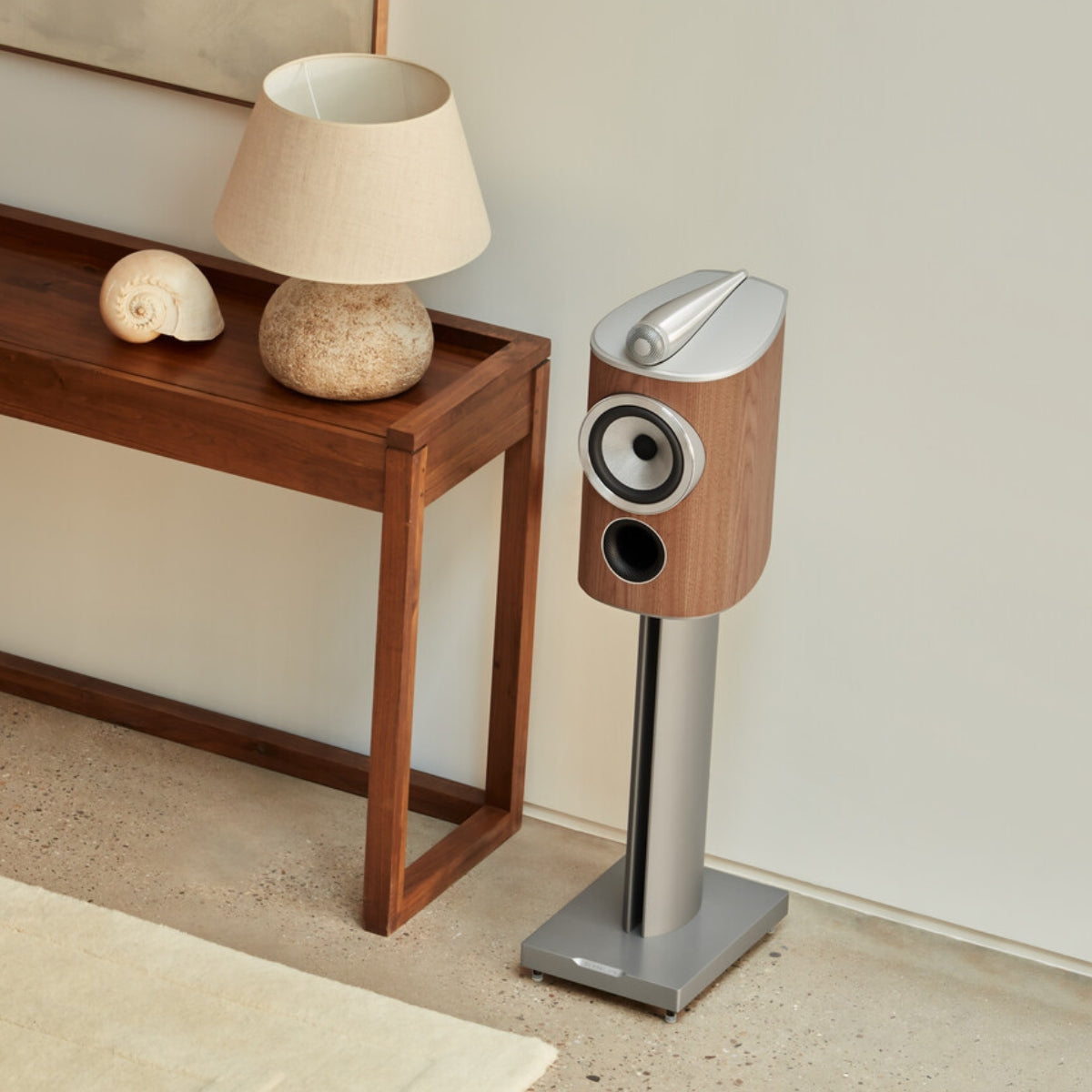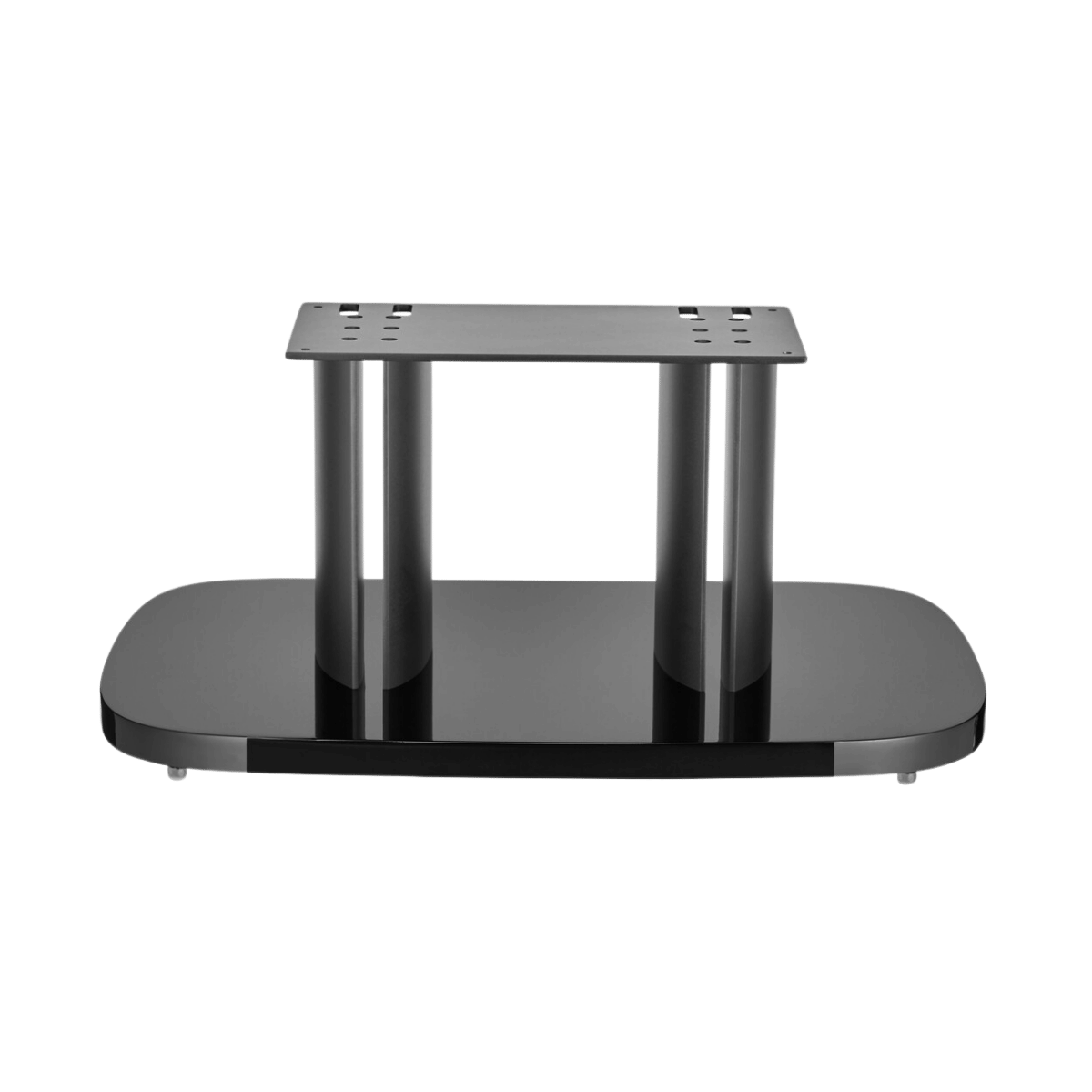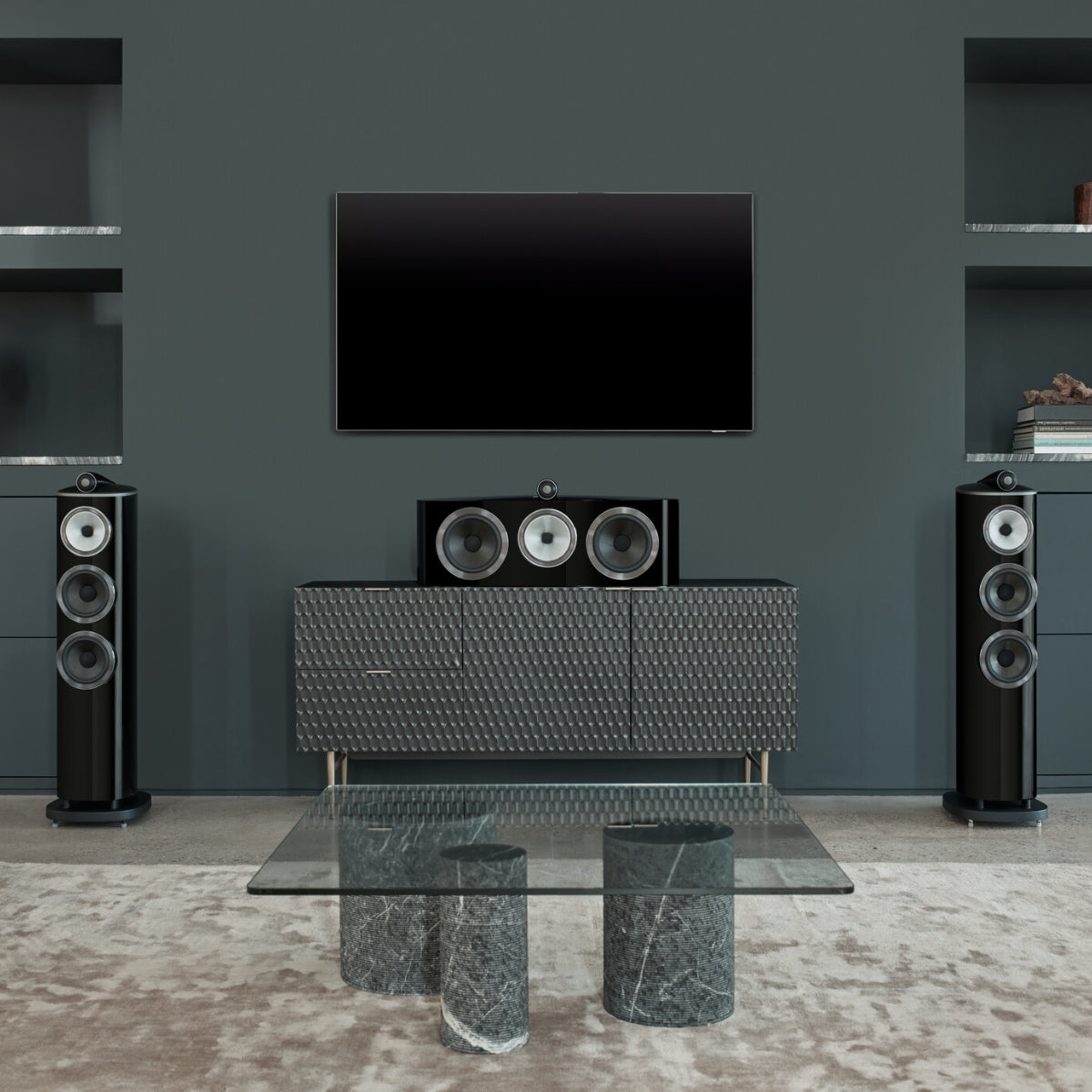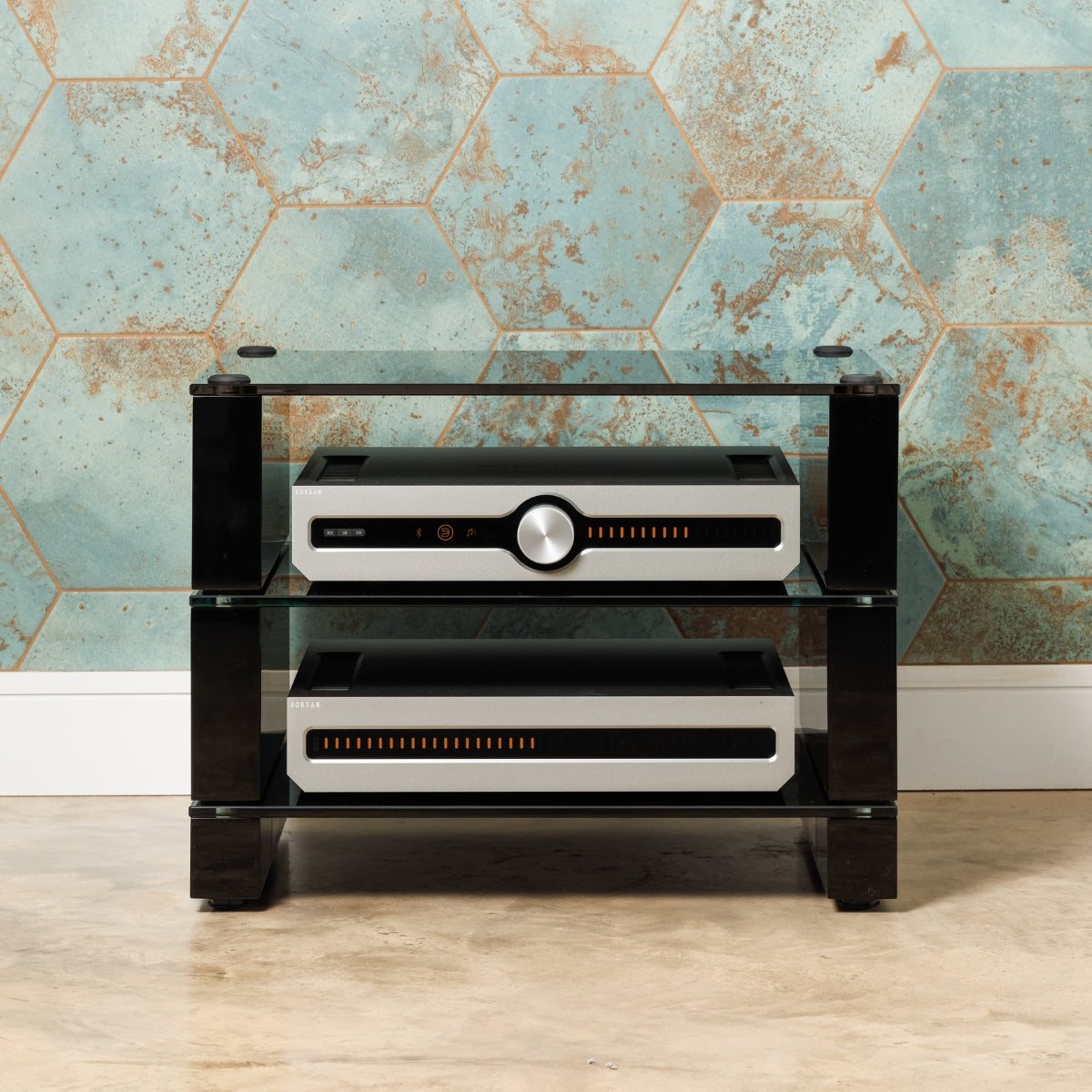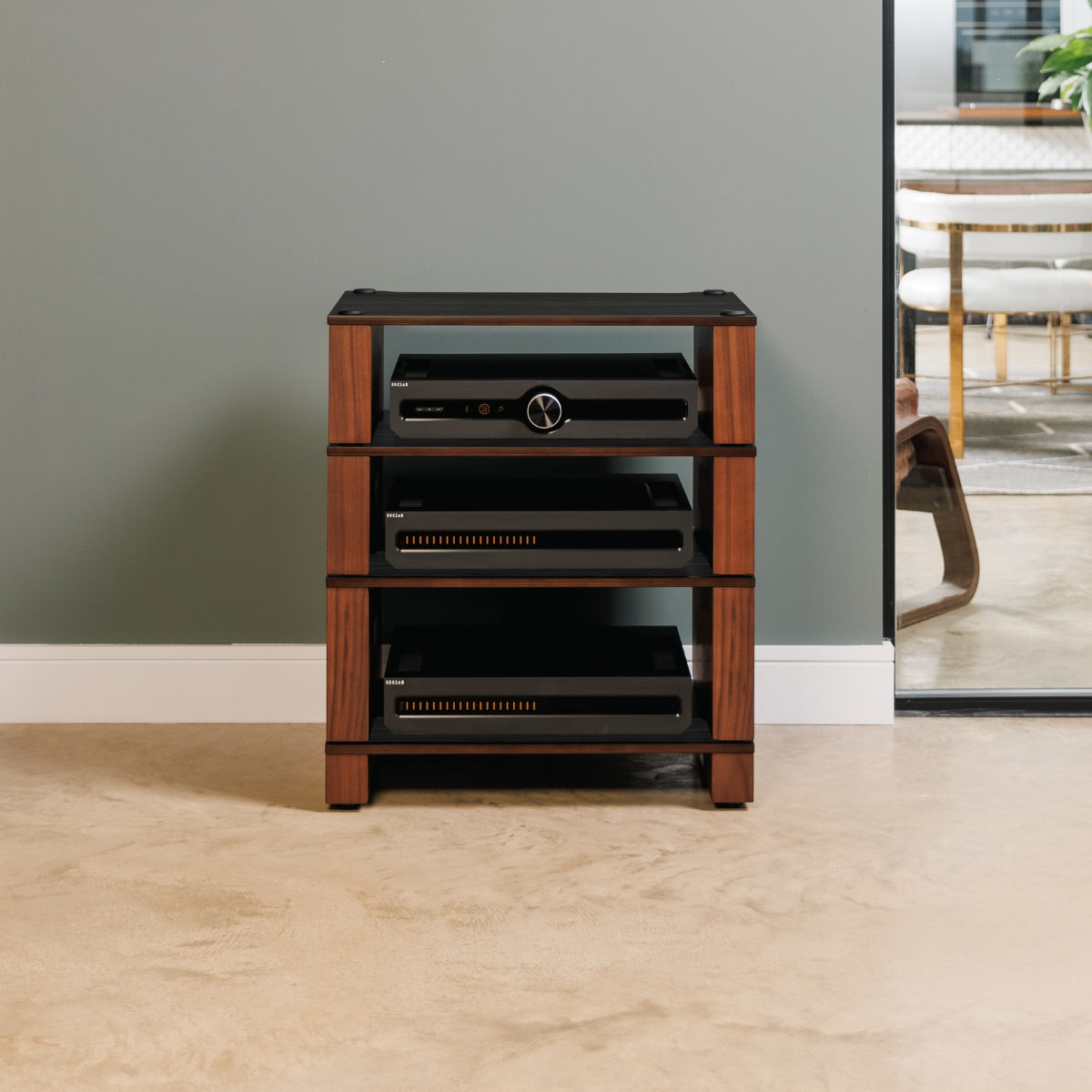
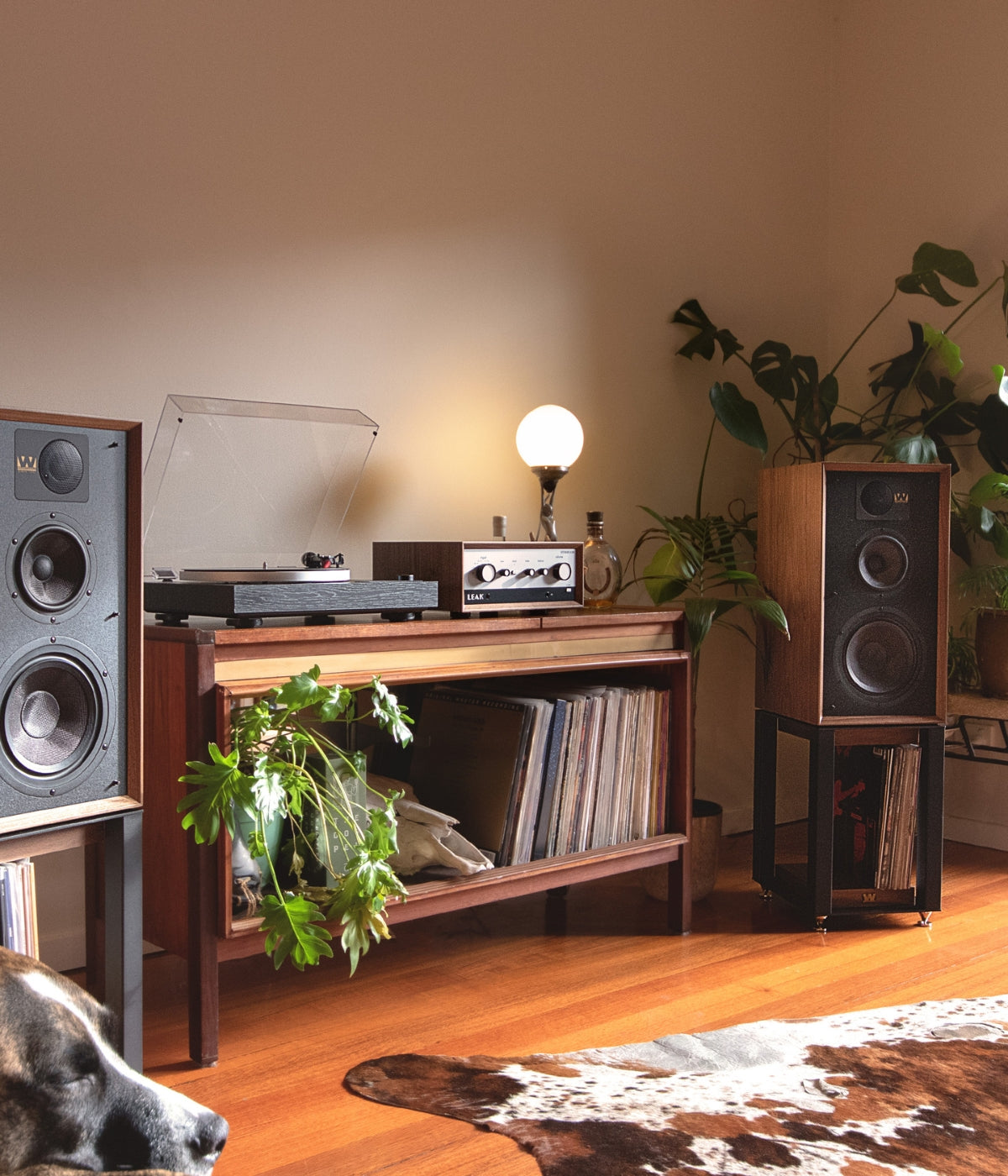
Hi-Fi Racks, Stands & Furniture
Filters
51 products
TELL ME MORE ABOUT
Hi-Fi Racks, Stands & Furniture
Our range of Hi-Fi racks, stands and furniture is designed to enhance your audio setup's performance and organization. Each item is built to reduce... Read More
Our range of Hi-Fi racks, stands and furniture is designed to enhance your audio setup's performance and organization. Each item is built to reduce vibration, facilitate equipment cooling, and manage cables effectively. With options to fit modern and traditional decors, our collection ensures your audio components are supported and isolated from disruptive external vibrations, for a cleaner sound in a streamlined space.
What are Hi-Fi Racks and Stands?
Hi-Fi racks and stands are specialized pieces of furniture designed to house audio equipment such as amplifiers, turntables, CD players, and other components of a sound system. Unlike regular shelves or tables, these structures are engineered with the specific needs of audio gear in mind, focusing on stability, vibration reduction, and proper airflow.
The primary purpose of a Hi-Fi rack or stand is to provide a solid, level foundation for audio components. This is crucial because vibrations can adversely affect the sound quality of Hi-Fi equipment. Good racks and stands are often made with materials and construction techniques that dampen and absorb unwanted vibrations rather than transferring them to the audio devices.
Additionally, these pieces of furniture are designed to keep audio components cool by allowing air to circulate freely around them. Overheating can lead to equipment failure or degraded performance, so adequate ventilation is a key design feature.
Hi-Fi racks and stands also offer a way to organize and display your audio components neatly. With the right setup, cables can be hidden to create a clean and attractive listening area, further enhancing the overall aesthetic and functional experience of your Hi-Fi system.
Choosing the right hi-fi rack for your audio system
Selecting the appropriate Hi-Fi rack is a critical decision that can influence both the performance and aesthetics of your audio system. The right rack should not only match your decor but also fulfill the technical requirements of your components. Here are some considerations to guide your choice:
Weight Capacity: Ensure the rack can support the weight of your heaviest component. Overloading can lead to structural damage or even compromise the stability of your equipment.
Material: Racks can be made from various materials, each with its own damping properties. Wood can absorb and dampen vibrations naturally, while metals might require additional damping techniques but can offer a more modern look.
Modularity: A modular rack allows for future expansion as your system grows. Look for adjustable shelf heights to accommodate different sizes of equipment.
Cable Management: A well-designed rack will include provisions for cable management to keep power and audio cables separate and neatly organized, reducing interference.
Ventilation: Proper airflow is essential to keep your equipment at optimal operating temperatures. Look for racks with open architecture or built-in cooling systems.
Isolation: High-end racks may offer built-in isolation solutions, such as spikes or pads, to further reduce vibration.
By considering these factors, you can choose a Hi-Fi rack that not only complements your system's performance but also integrates seamlessly into your listening environment, ensuring a setup that looks as good as it sounds.
Final Thoughts
To sum up, the practical role of Hi-Fi racks and stands is a great addition to any serious audio setup. They provide essential vibration isolation, crucial for maintaining sound clarity, and thermal management, which is vital for the longevity of your equipment. The structural integrity of these racks ensures they can bear the weight of heavy components, while their design facilitates efficient cable management and easy access for maintenance.
A well-chosen Hi-Fi rack not only optimizes the performance of your audio system through these technical merits but also brings an organized and professional look to your audio space.
Some Quick FAQ:
What does "acoustic" mean in relation to Hi-Fi racks?
In relation to Hi-Fi racks, "acoustic" refers to the design and materials used to minimize vibrations and resonance, thus improving sound quality.
What are spikes for on a Hi-Fi rack or speaker stand?
Hi-Fi rack spikes and speaker stand spikes (also often referred to as carpet spikes) sit at the base of the rack or stand and are designed to penetrate the carpet's fabric and establish a firm connection with the solid flooring beneath. This provides stability for the speaker while allowing you to level it on a carpeted surface.
Do Hi-Fi racks make a difference?
Yes, Hi-Fi racks make a difference. They reduce vibration and noise, improve airflow to keep equipment cool, and manage cables to minimize interference, enhancing overall sound quality.
NEED MORE GUIDANCE?
We are here to help
Check out some of our most commonly asked questions.
What do I need to play records?
Getting into vinyl? That’s awesome! We have some curated turntable Hi-Fi packs, with everything you'll need to get spinning right away. But if you want to build your own, read on for all the details.
First off, you'll need a turntable. It's the star of the show, so make sure it’s in good nick, with a decent cartridge and stylus (needle).
Next, there’s the phono preamp. Some turntables or amplifiers come with one built-in, but if yours doesn’t, you’ll need one as a bridge between your turntable and amplifier or powered speakers.
For the sound output, you’ve got two options. You can go with a traditional setup involving an integrated amplifier to take the signal from your phono preamp and power your passive speakers. Alternatively, you can opt for powered speakers, which have the amplifier built in – a handy all-in-one solution.
Speaking of speakers, good ones are a must for that rich, warm vinyl sound we all love. Whether you go for bookshelf or floorstanding speakers (or powered ones) depends on your space and budget.
And there you go! With these essentials, you’ll be ready to dive into your vinyl collection and enjoy that classic sound.
What can a wireless speaker do?
Wireless speakers are a game-changer for how you enjoy music and audio around the house. First off, they let you stream music wirelessly from your phone, tablet, or computer, so no more messing about with cables. You can easily play tunes from Spotify, Apple Music, Tidal or whatever streaming service you fancy.
If you’re into having music everywhere, many wireless speakers offer multi-room audio. You can sync them up to play the same music in every room or control what plays in each room individually, perfect for parties or just keeping the vibes consistent throughout your home.
Voice control is another brilliant feature. Many come with built-in assistants like Alexa, Google Assistant, or Siri. You can control your music with just your voice, ask for the weather, set reminders, or even control other smart home devices.
Sound quality? These little gadgets often pack a punch, delivering high-quality audio that can rival traditional wired setups. Some even offer 360-degree sound, filling the room with music from every angle.
In a nutshell, wireless speakers bring flexibility, convenience, and top-notch sound to your audio experience, making them a fantastic addition to any home. Whether you’re hosting a party, working from home, or just chilling out, they make listening to music a breeze.
How do you choose the right speaker & amplifier combination?
Deciding on a good speaker and amplifier combination is like putting together a perfect wine and cheese pairing—it’s all about balance and harmony. Here’s a conversational guide to help you through it:
First, consider your speakers. These are your main players, so you want to choose ones that fit your space and listening preferences. If you love deep bass and have a bit of room, floorstanding speakers might be your go-to. For smaller spaces or a more subtle look, bookshelf speakers are fantastic.
Now, onto the amplifier. This is where things get interesting. Your amp needs to match your speakers in terms of power and impedance. Check the wattage ratings on your speakers—your amplifier should provide enough power to drive them properly. Too little power and you’ll be missing out on sound quality; too much, and you risk damaging your speakers.
Next, think about the impedance (measured in ohms). Your amp and speakers should be compatible here too. Most speakers are rated at 8 ohms, but some can be 4 or 6. Make sure your amplifier can handle the impedance of your speakers to avoid any performance issues.
Another important factor is the type of sound you’re after. Some amps are known for their warm, rich tones, while others might be more neutral or even slightly bright. It’s a bit like choosing between a vinyl record and a digital stream or CD —each has its own charm. If possible, listen to different amp and speaker combinations to see what sounds best to your ears.
If purchasing online, note that at LE, we have made recommendations on speaker & amplifier combinations that we think sound wonderful together within each product listing.
Don’t forget about connectivity and features. Modern amplifiers often come with a host of options like Bluetooth, Wi-Fi streaming, and various inputs for all your devices. Make sure your amp has the inputs you need for your turntable, CD player, or streaming device.
Finally, consider your budget. Great sound doesn’t always mean breaking the bank, but be prepared to invest to get a quality setup that will last.
In the end, trust your ears. Listen to a few combinations if you can, and go with what makes your music sound the best to you.
Why do I need a headphone amplifier?
If you’re diving into the world of high-quality audio, a headphone amplifier can be a real game-changer. Think of it like this: most standard devices, like your smartphone or laptop, just don’t have the oomph needed to drive headphones properly. They might get the job done, but they won’t do your music justice. A headphone amp gives your headphones the power they need, ensuring you get the volume and clarity that really makes your music shine.
It’s not just about making things louder, either. A good headphone amp can significantly improve sound quality. You’ll get clearer highs, richer mids, and tighter bass, making your favourite tracks sound even better. You might notice details you’ve never heard before, especially if you’re listening to high-resolution audio files.
Premium headphones often have higher impedance, meaning they require more power than your typical audio source can provide. A headphone amp can handle this with ease, making sure your headphones perform at their absolute best. Plus, many amps come with extra features like bass boost, equalisation, and gain control, giving you more ways to tweak the sound to your liking.
In short, if you’re passionate about your music and want to hear it in the best possible way, a headphone amplifier is definitely worth considering. It’s all about unlocking the full potential of your gear and really getting the most out of your listening experience.
Where should I start when designing a home cinema?
Designing your own home cinema? That's awesome! We are here to help walk you through the process, but as a starting point, here’s what we would recommend and where to kick things off:
First up, pick your spot. For most people this is your existing lounge room, but if you have an underused garage, or spare bedroom, then you have an opportunity to create your very own true Home Cinema experience. Find a room that’s just right—not too cramped and ideally away from noisy areas. This sets the stage for that immersive movie experience.
Next, think about how you’ll set things up. Plan where your seats will go and where to place your projector screen for the best view from every angle. It’s all about creating that comfy, cinematic vibe.
Sound matters, too. Consider if you want a wireless system for simplicity or a full surround sound speaker system with AV receiver for that surround-sound thrill. Think about soundproofing or adding acoustic panels or thick carpets to really amp up the audio quality of the room.
Now, onto the screen. Decide between a crisp TV or a projector setup, depending on your room size and personal style. Maybe even throw in some dimmable lights or smart lighting to set the mood just right.
And hey, don’t forget comfort. Invest in plush cinema seating and think about the décor—whether it’s movie posters, blackout curtains, or popcorn machine & bar area, whatever gives you that true cinema feel.
Lastly, tech it up! Make sure everything—from your Blu-Ray player & Apple TV to your gaming consoles—is set to sync perfectly with your new setup.
With these steps, you’re on your way to creating a home cinema that’s not just a space, but an experience. Enjoy movie nights like never before!

